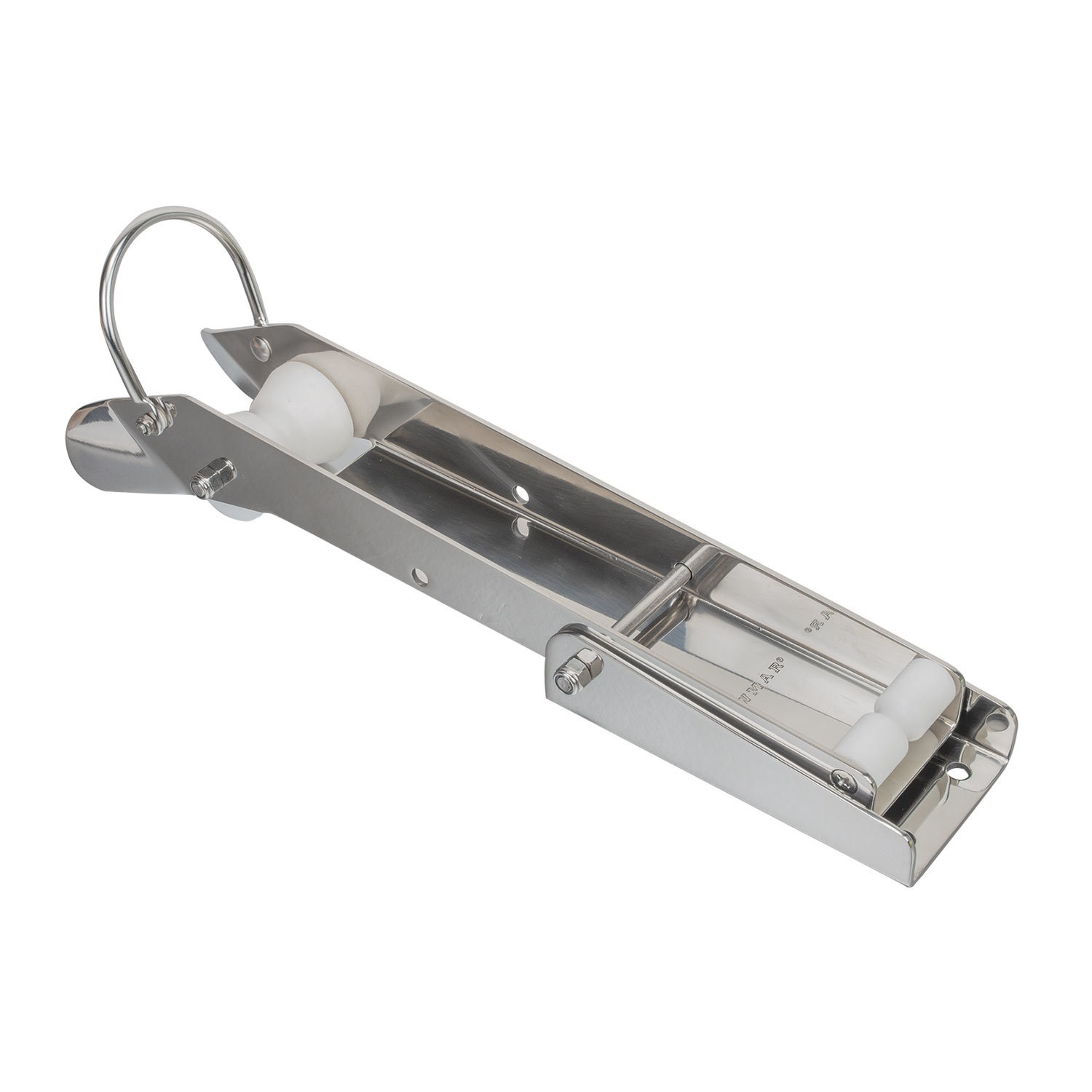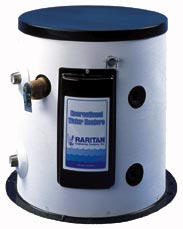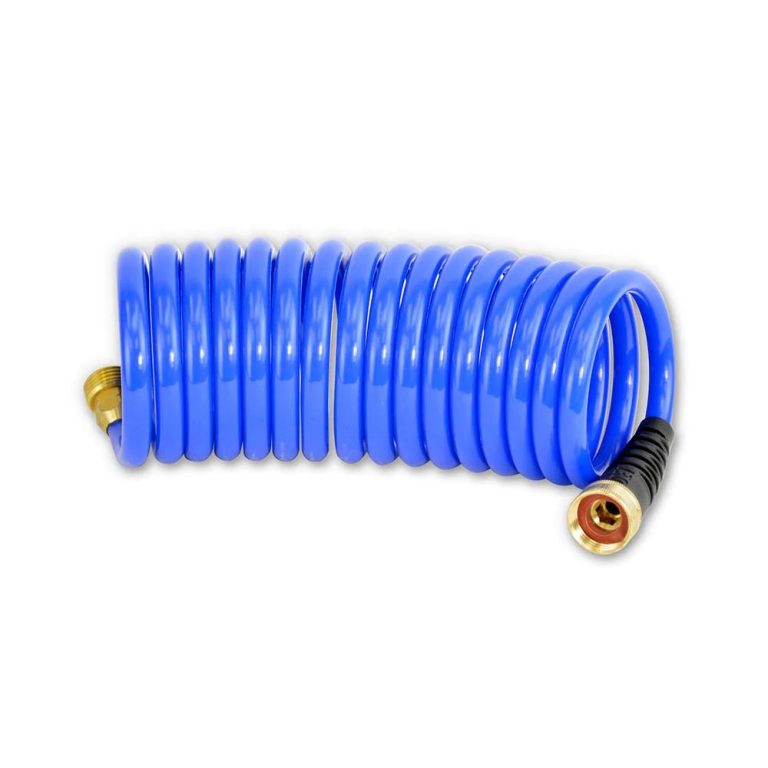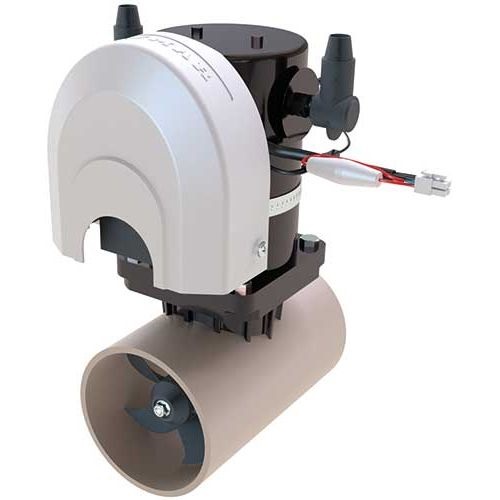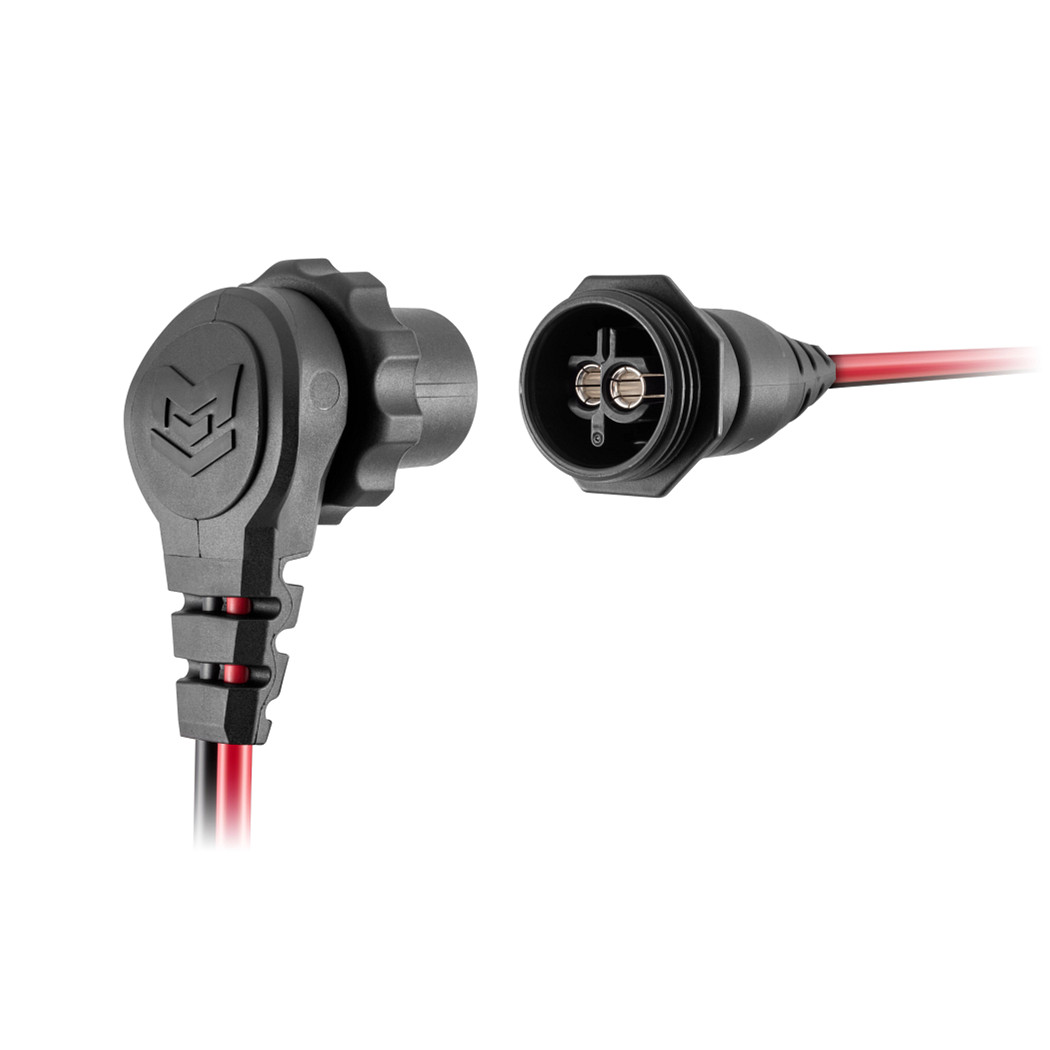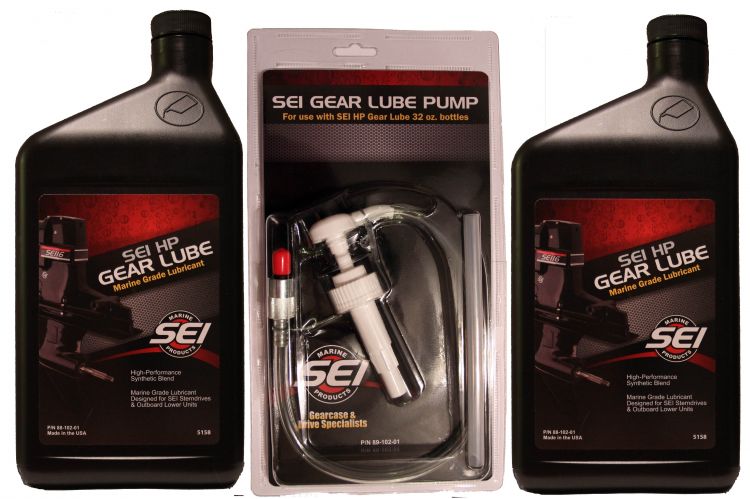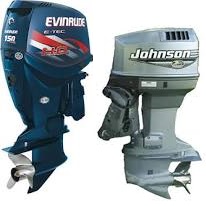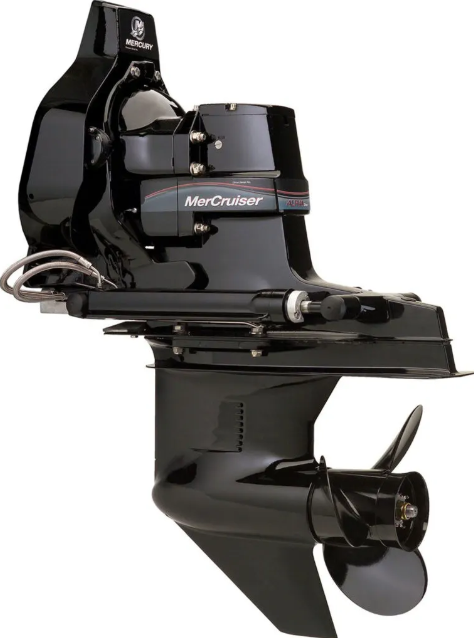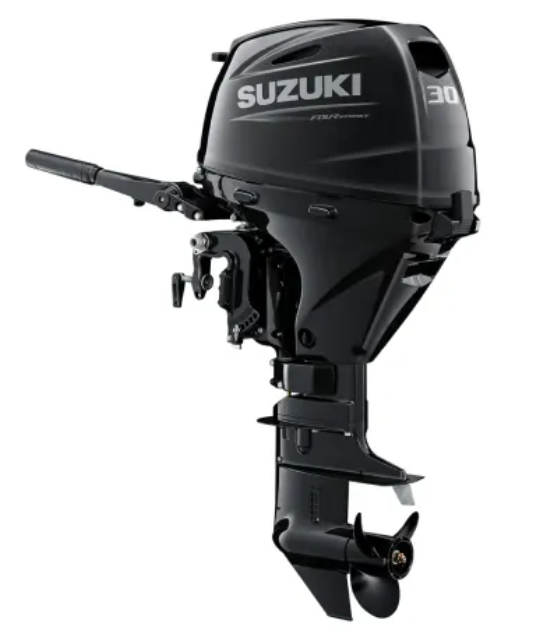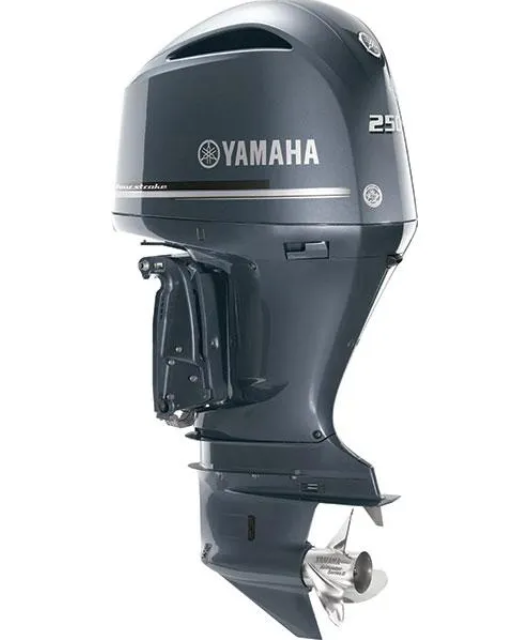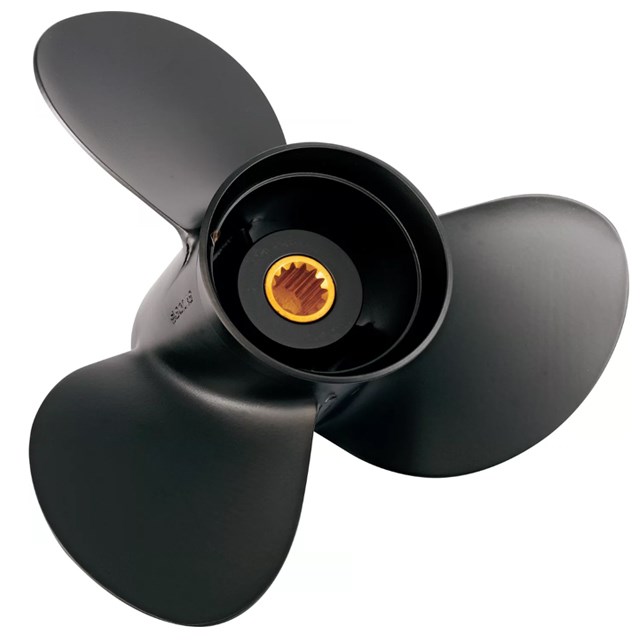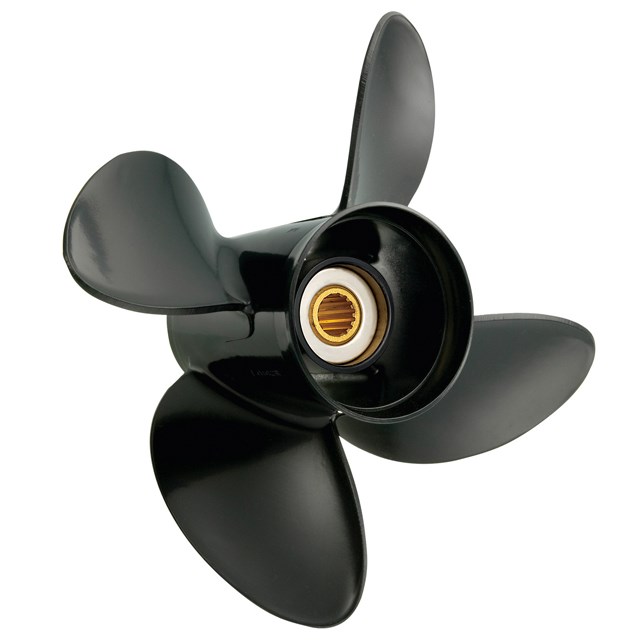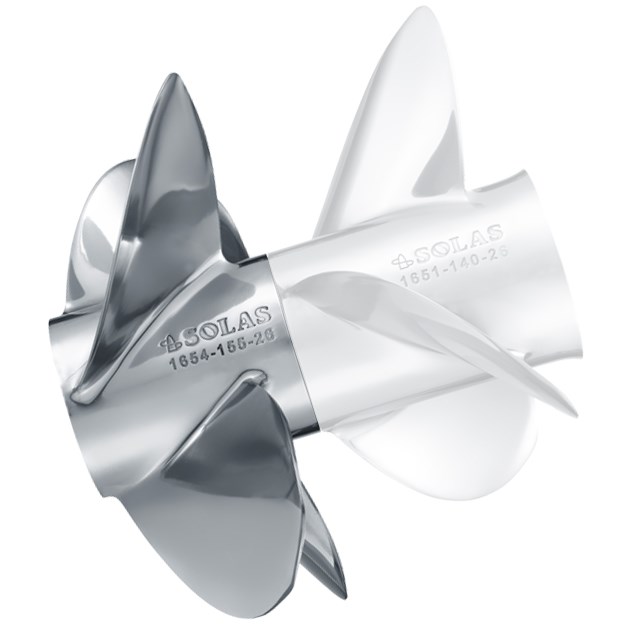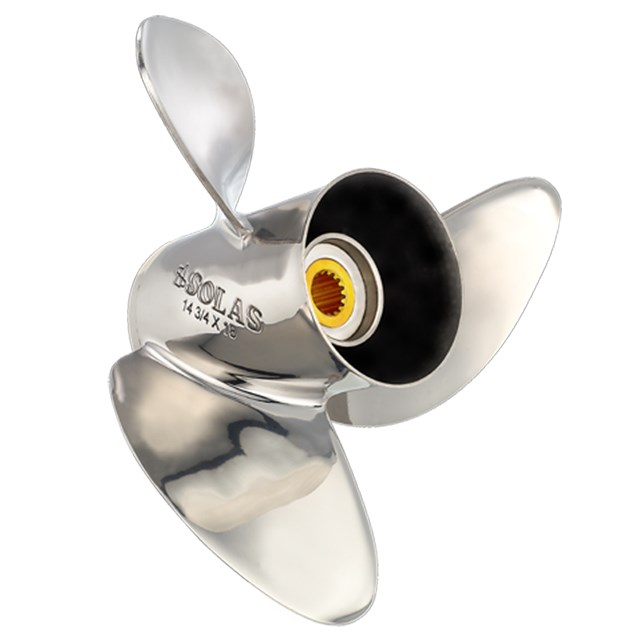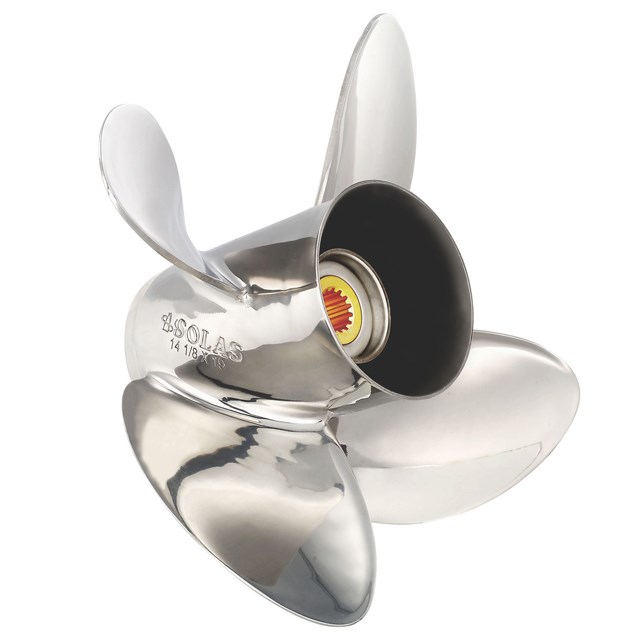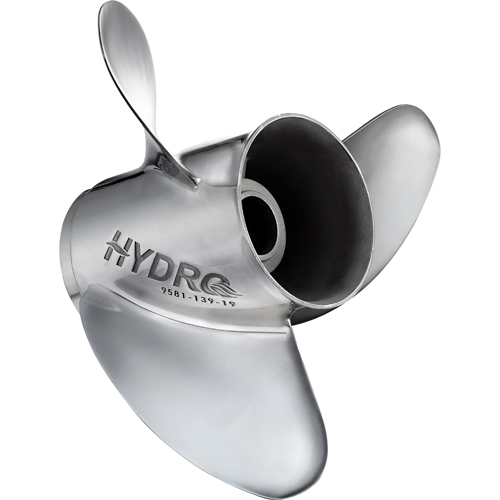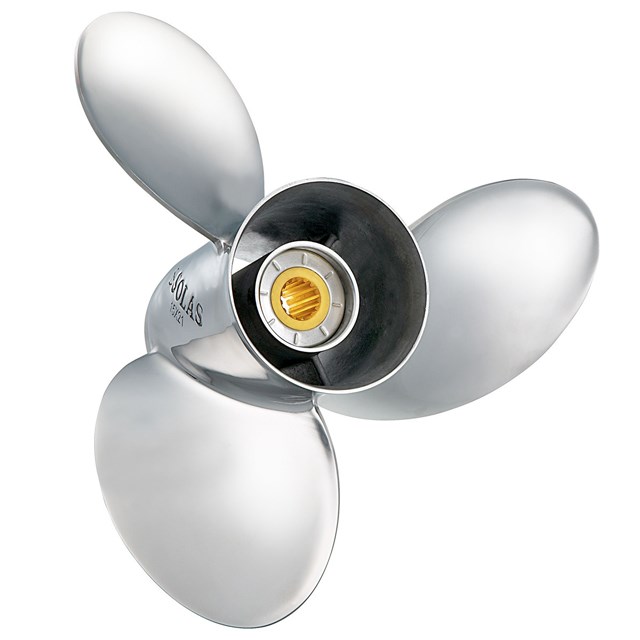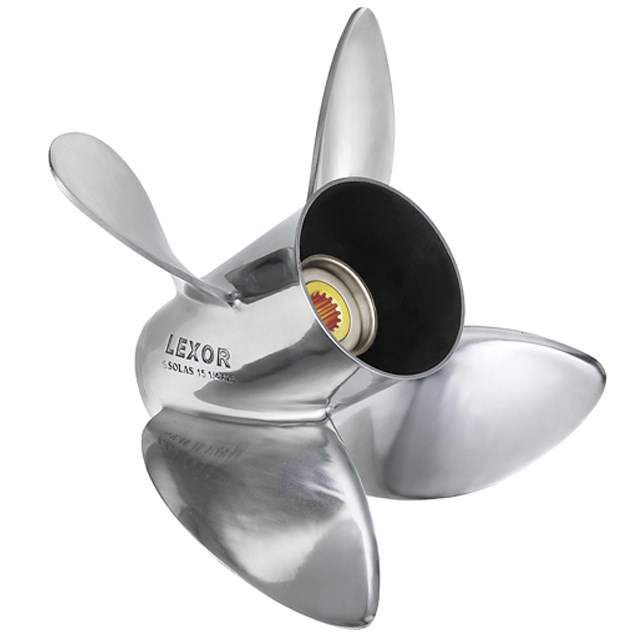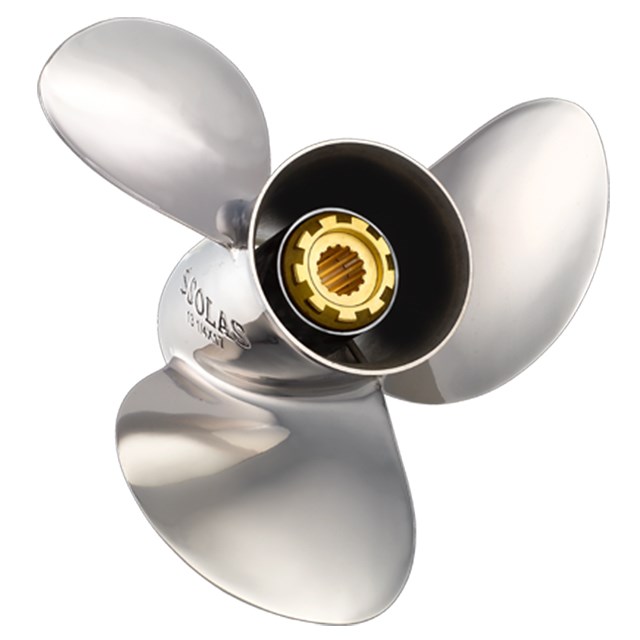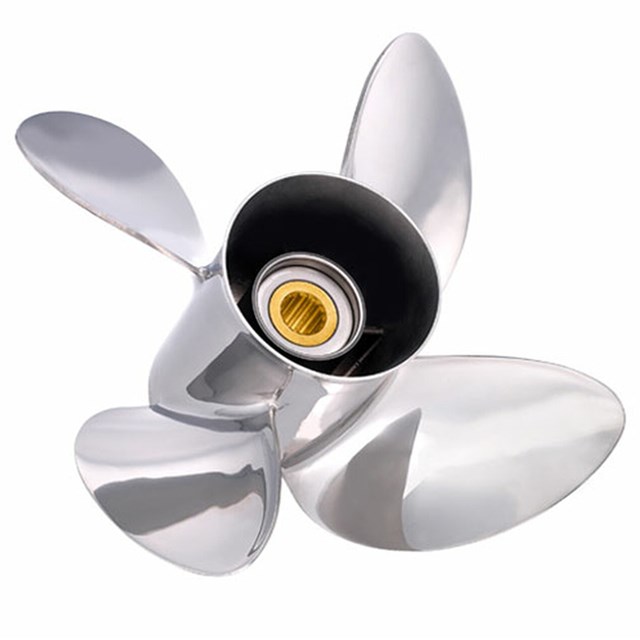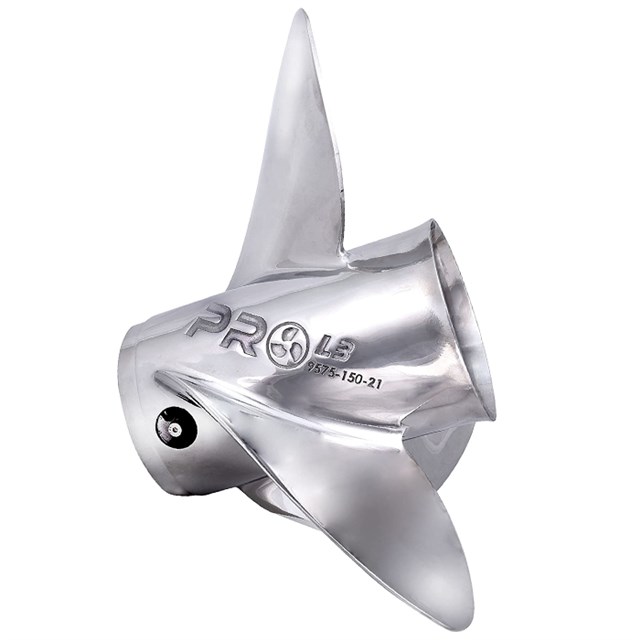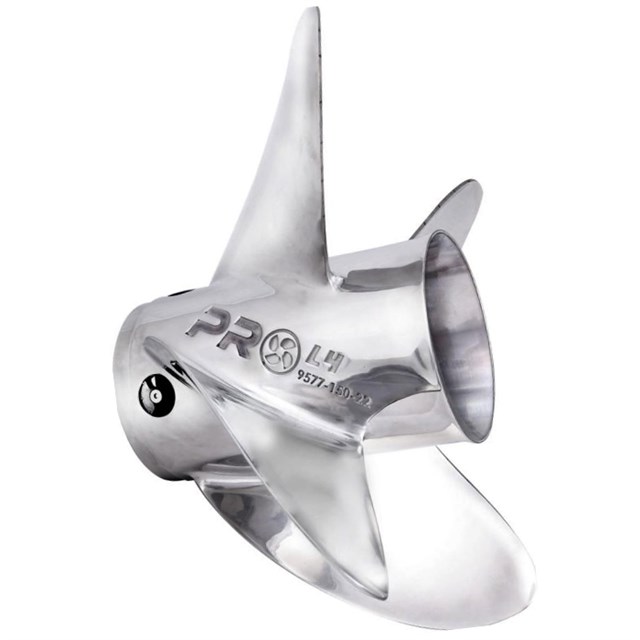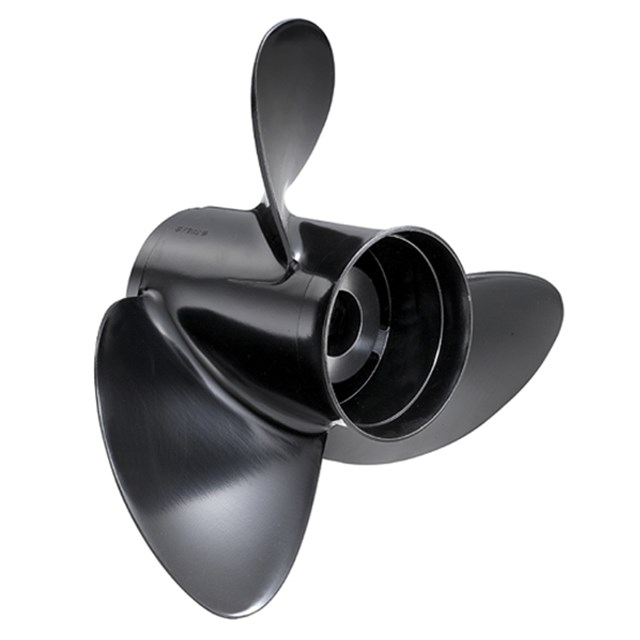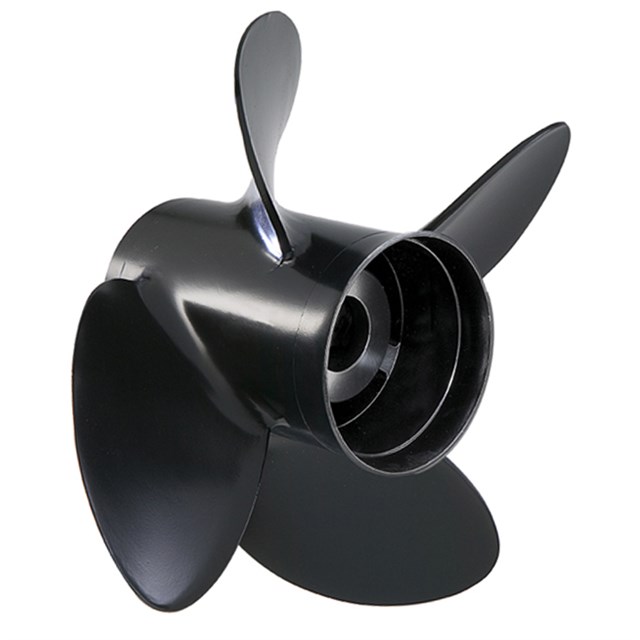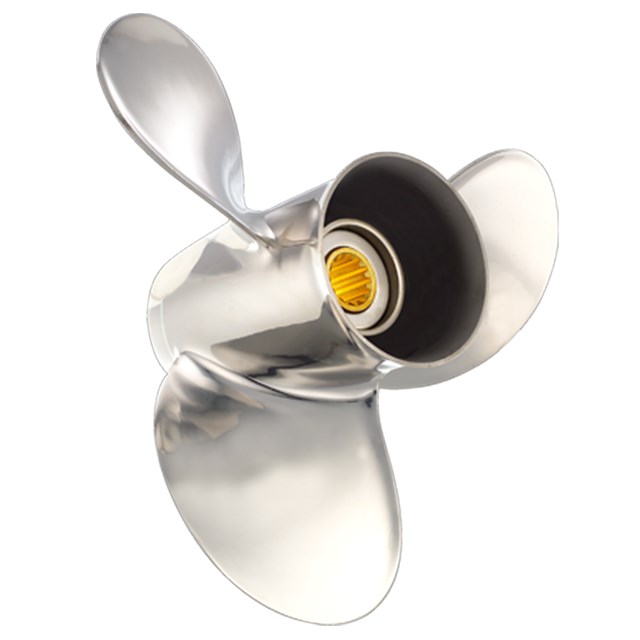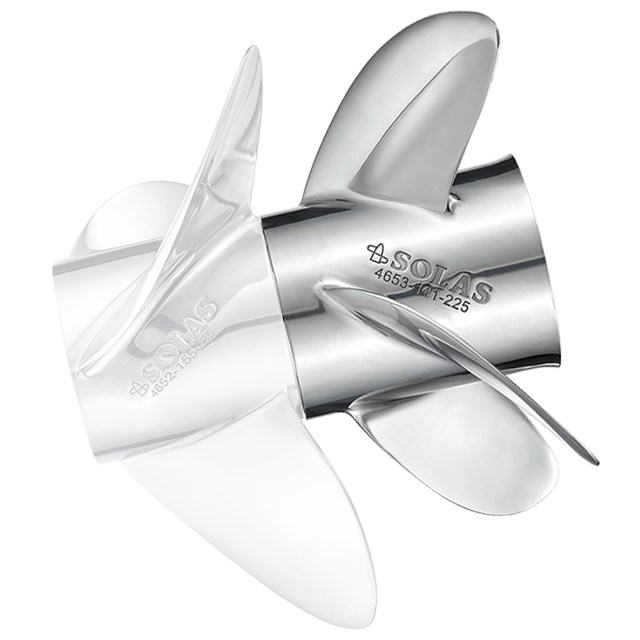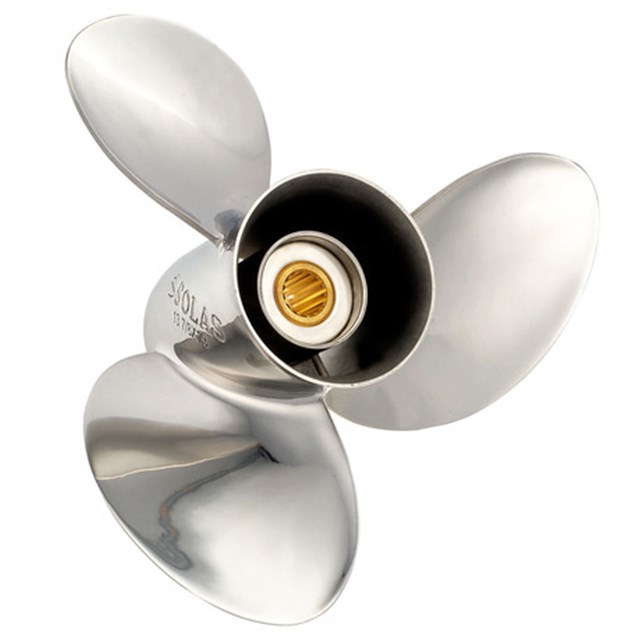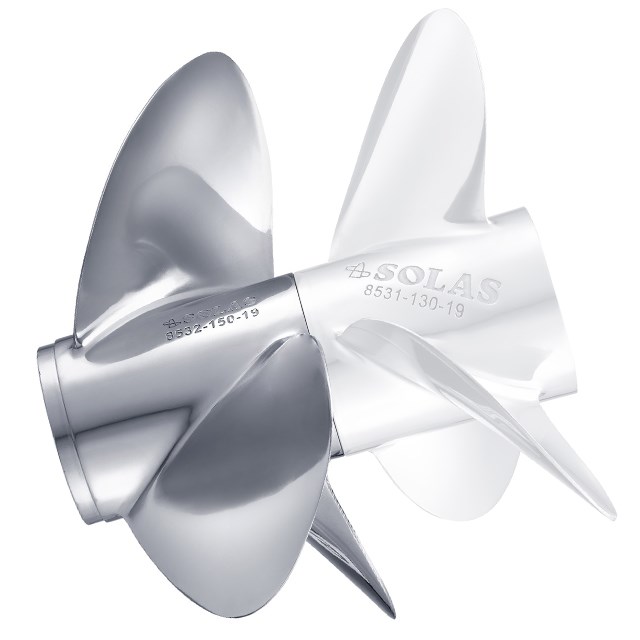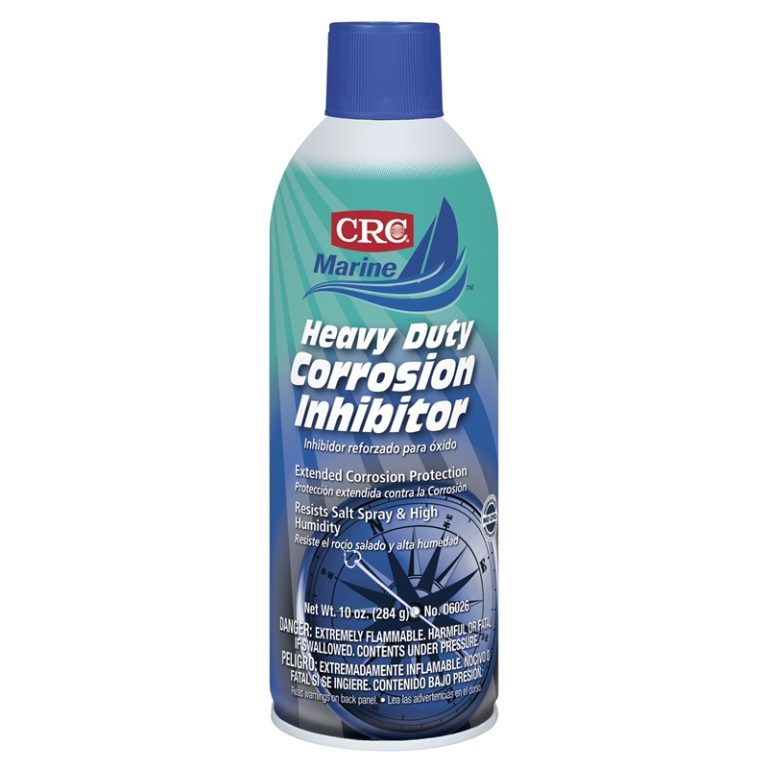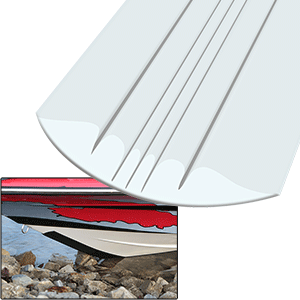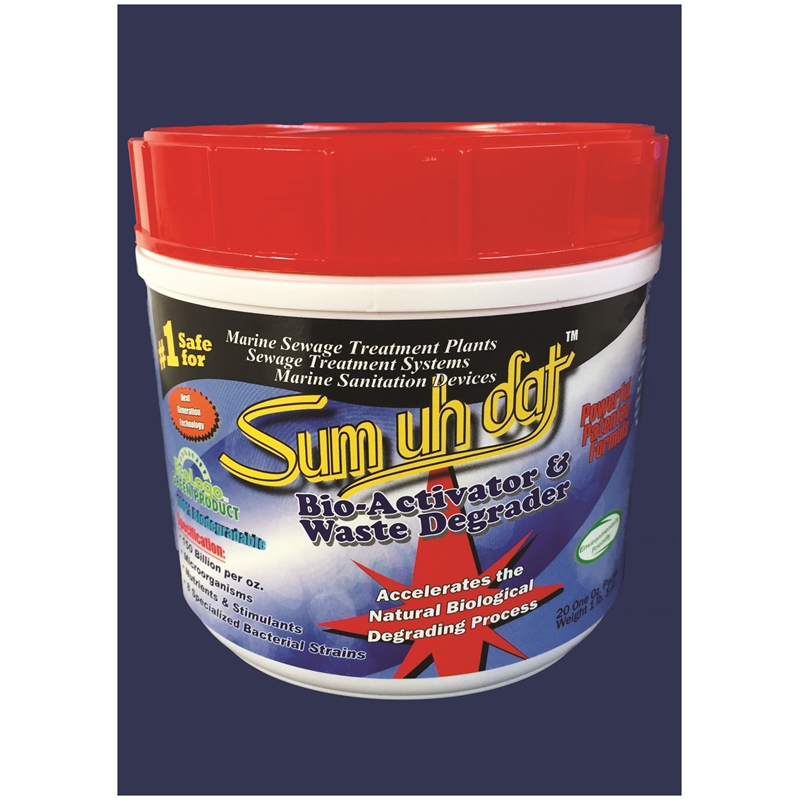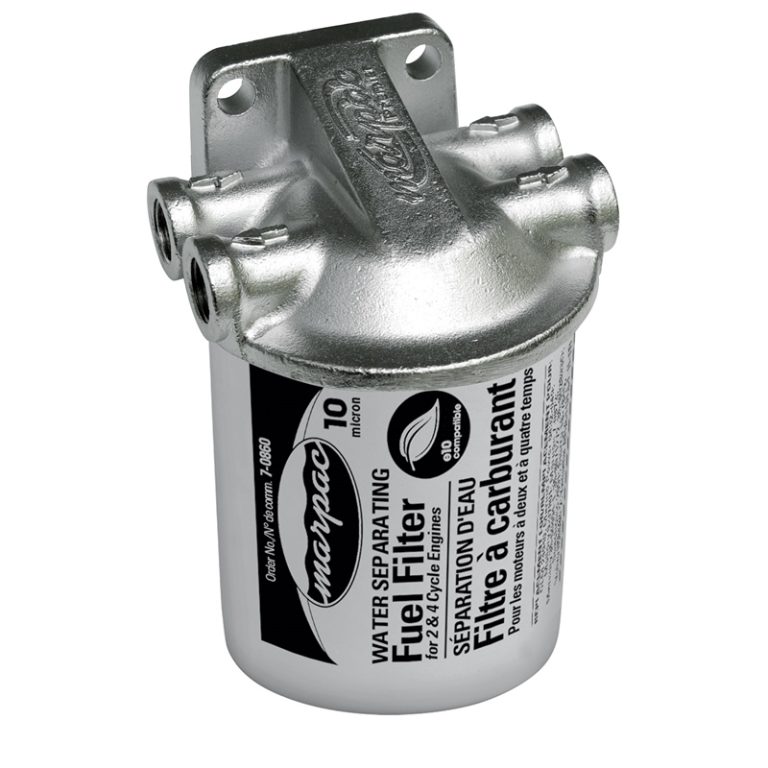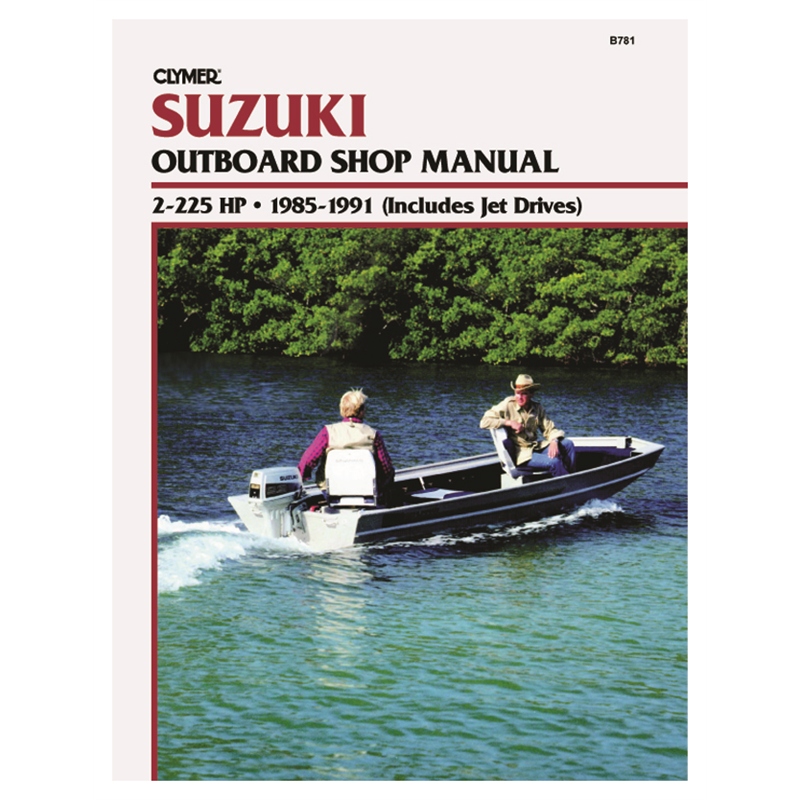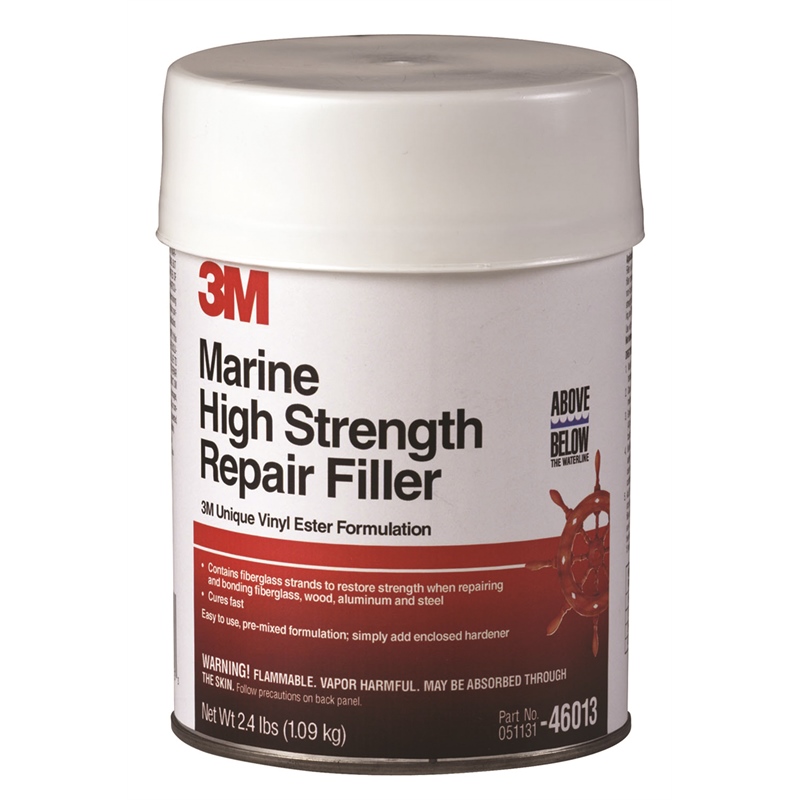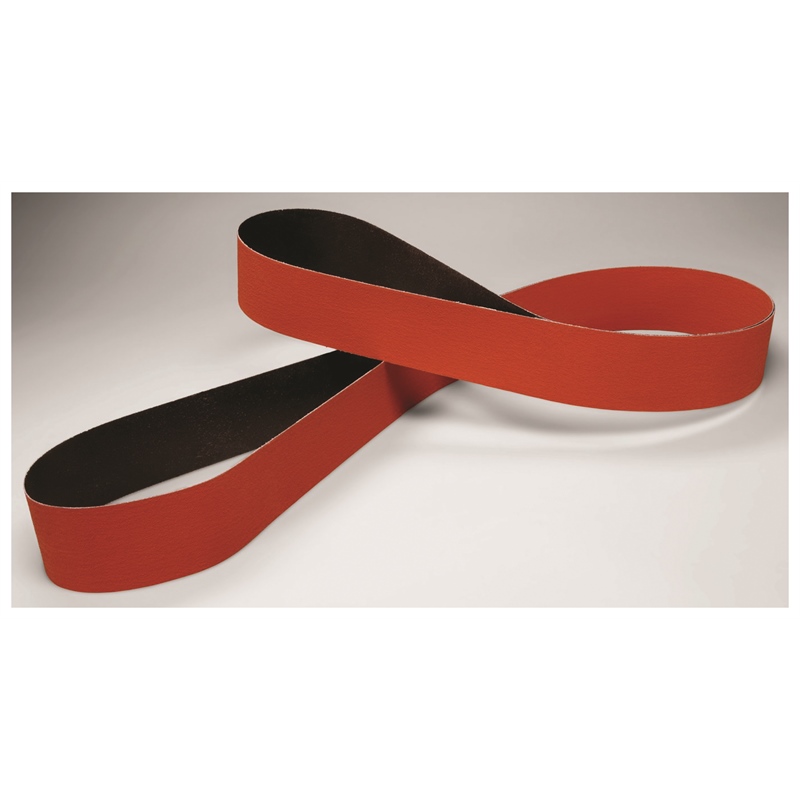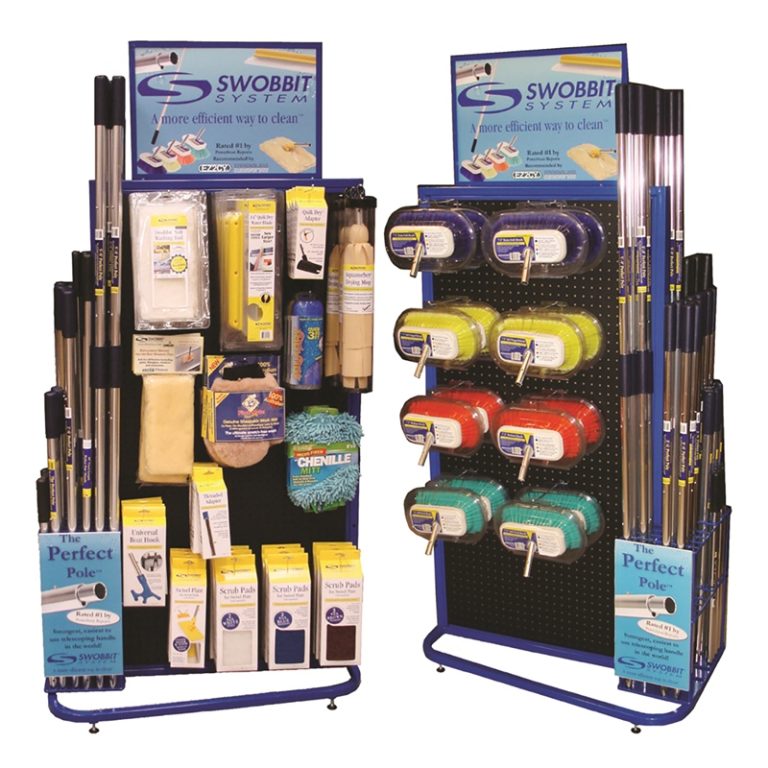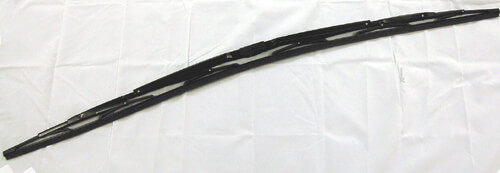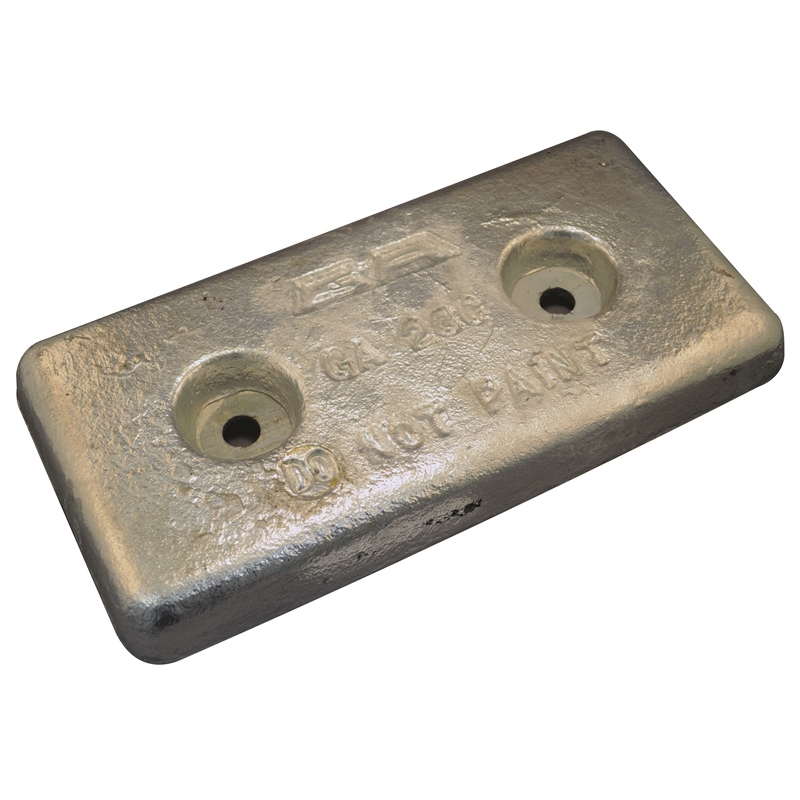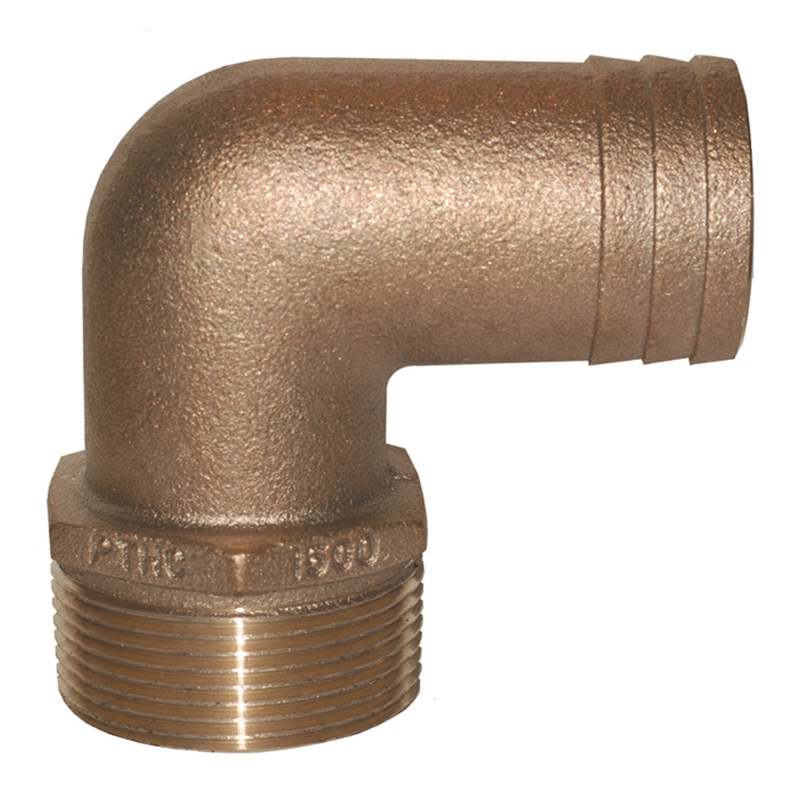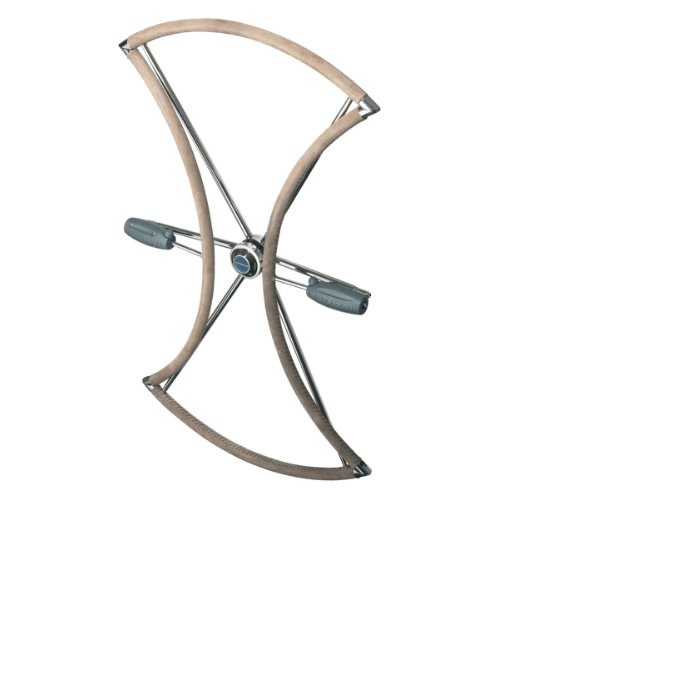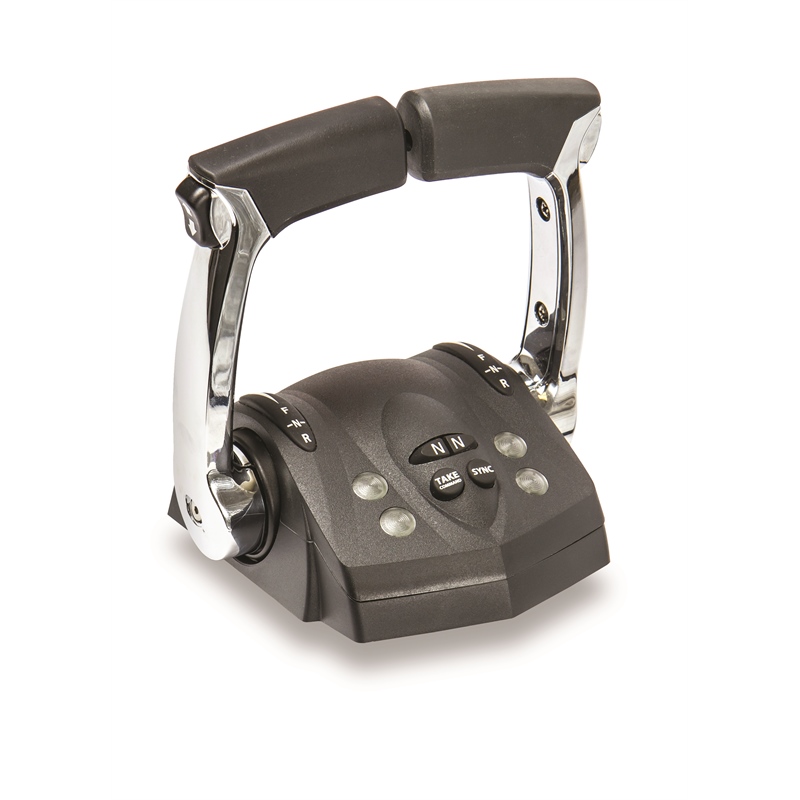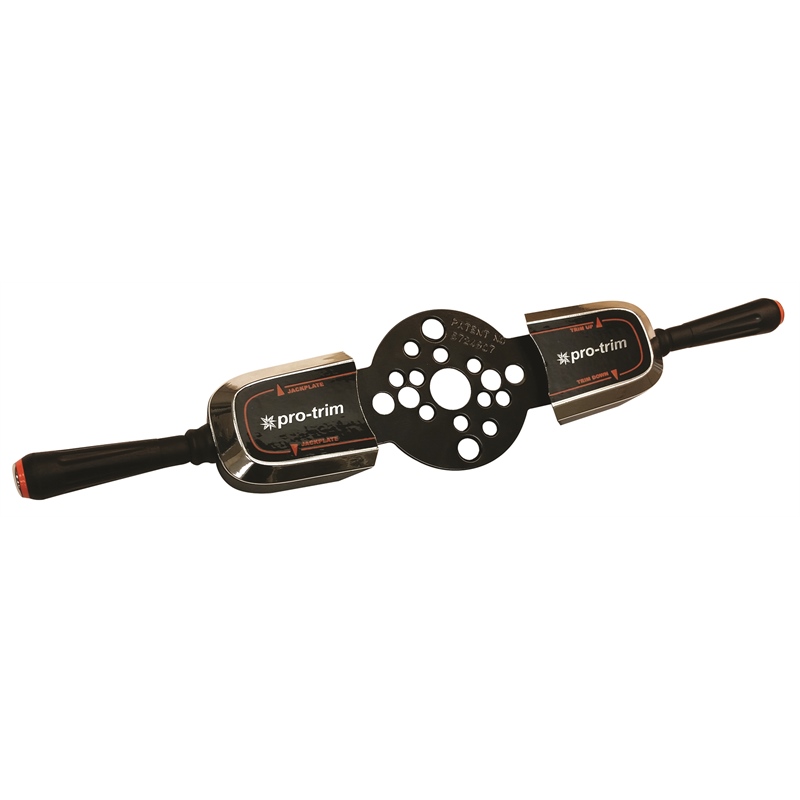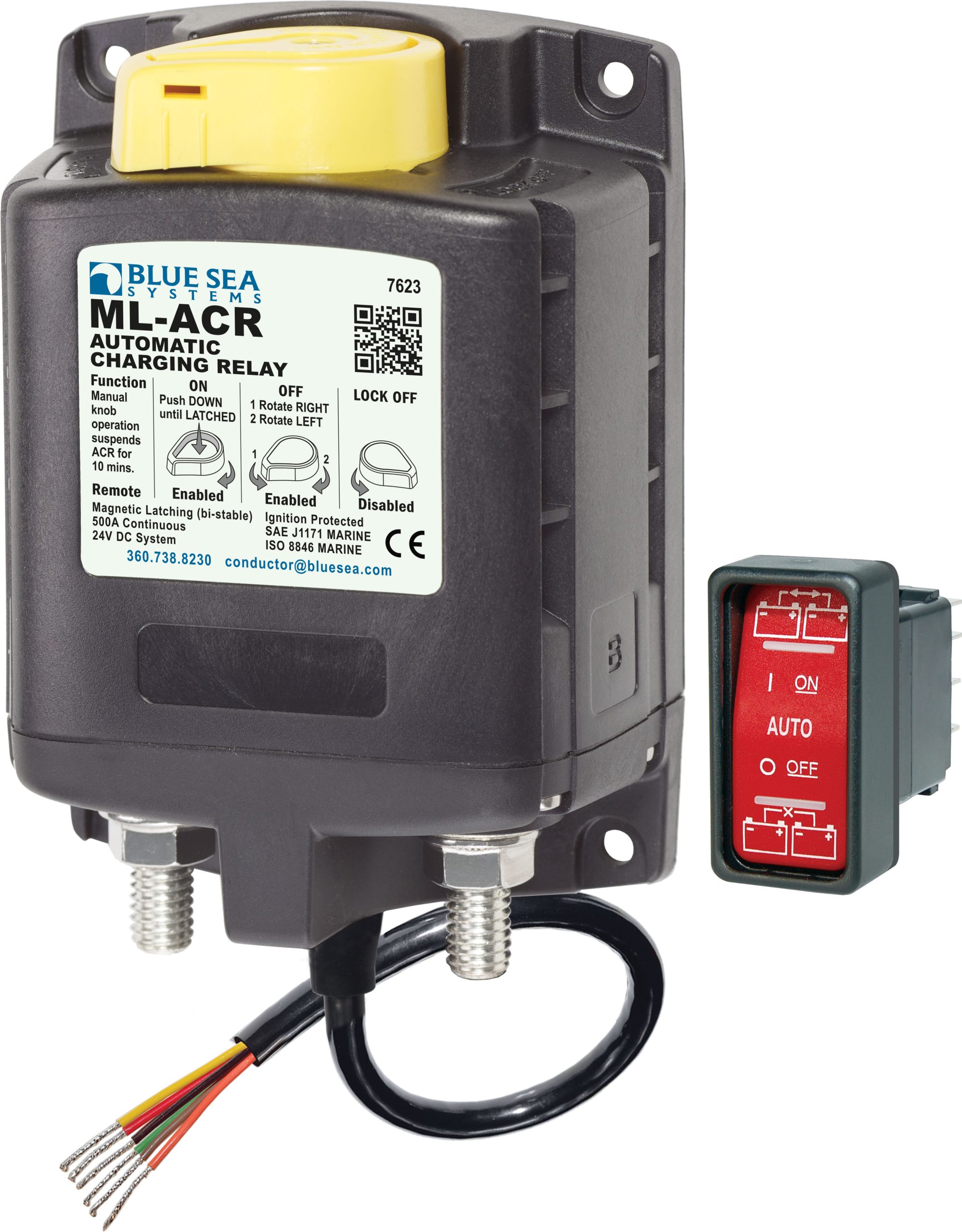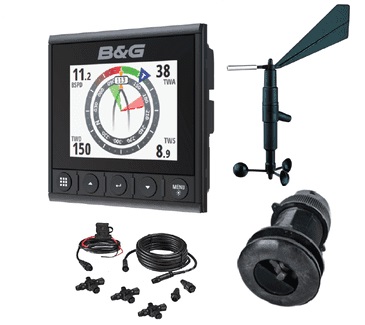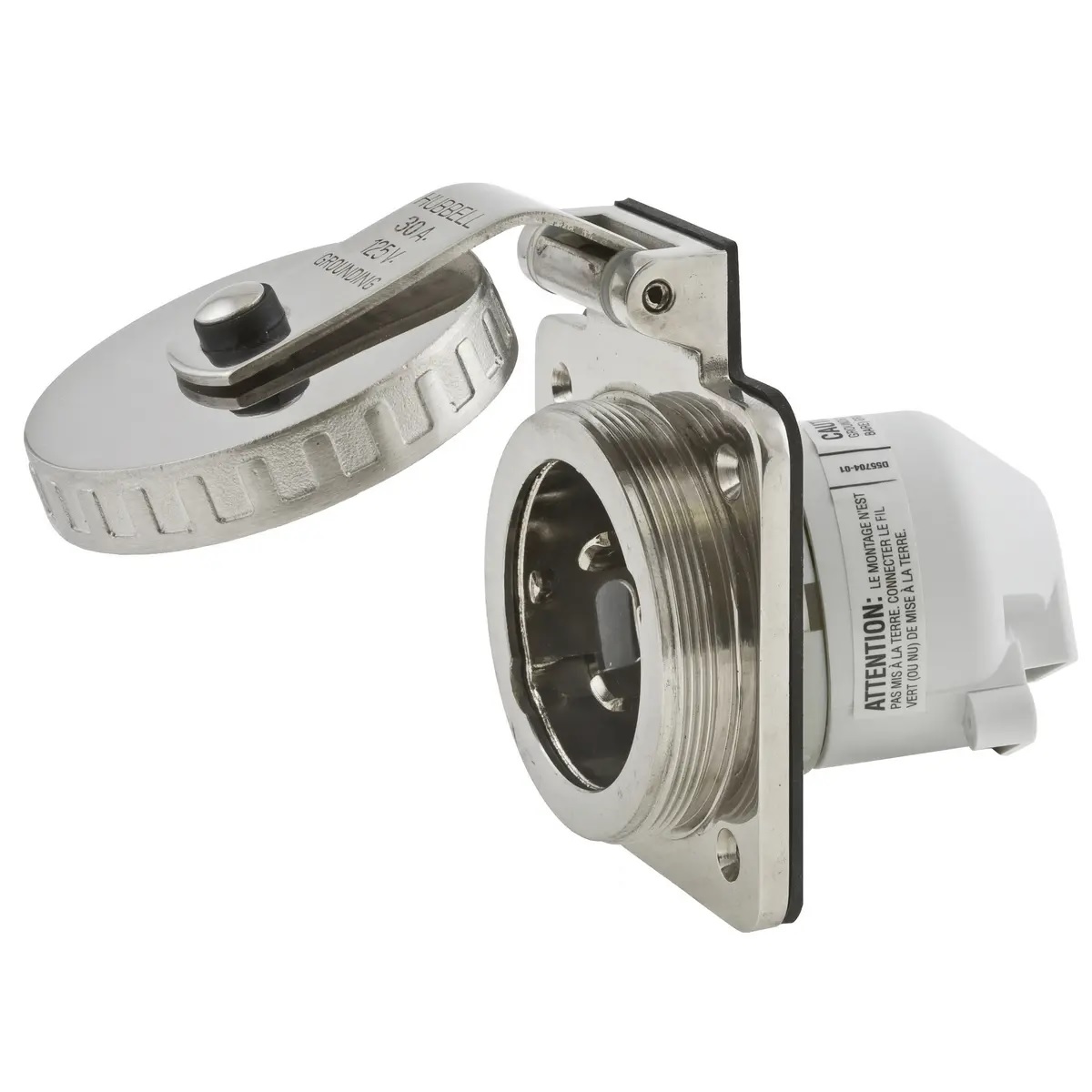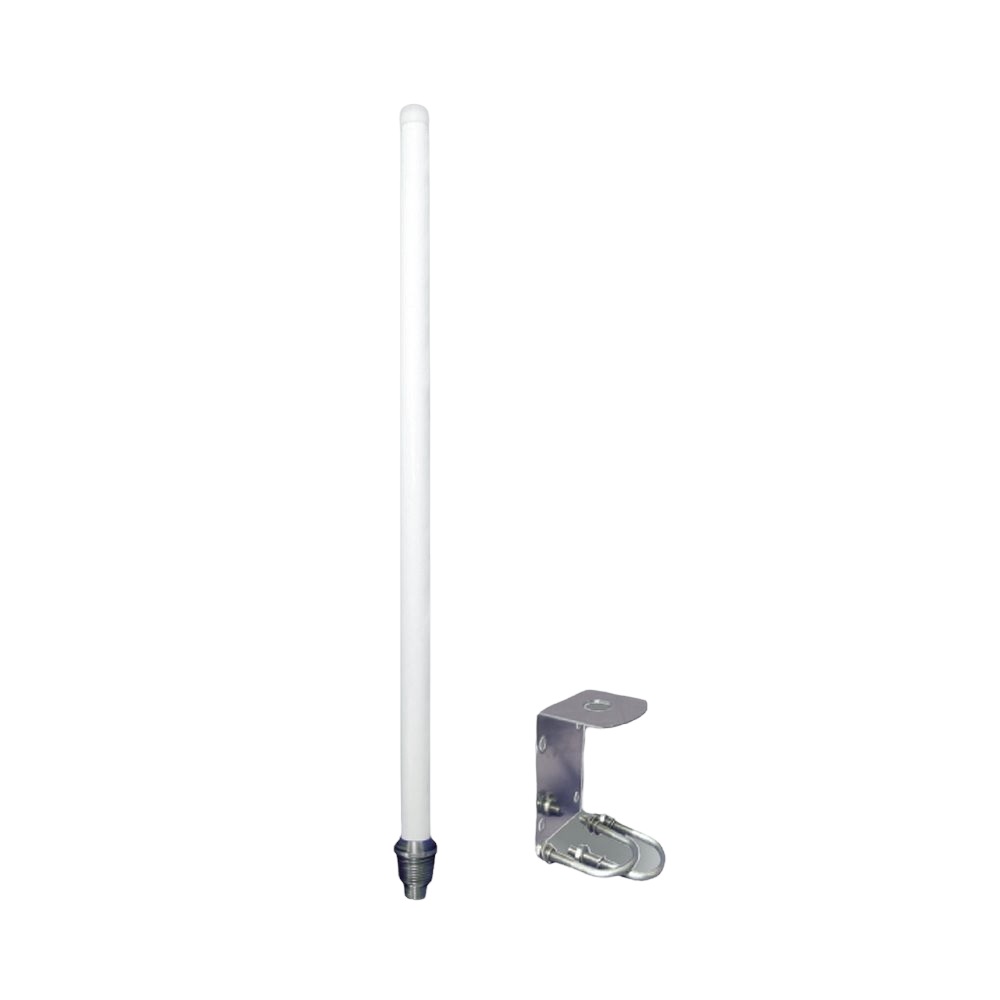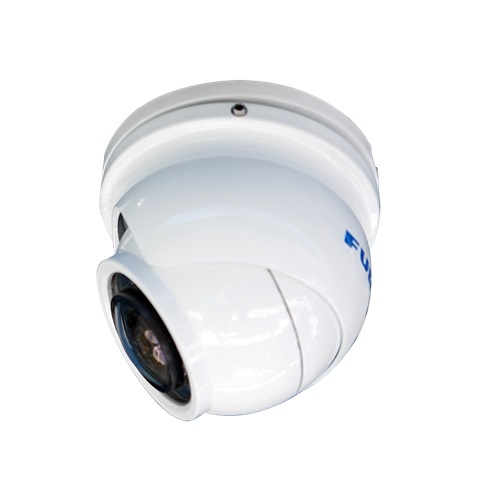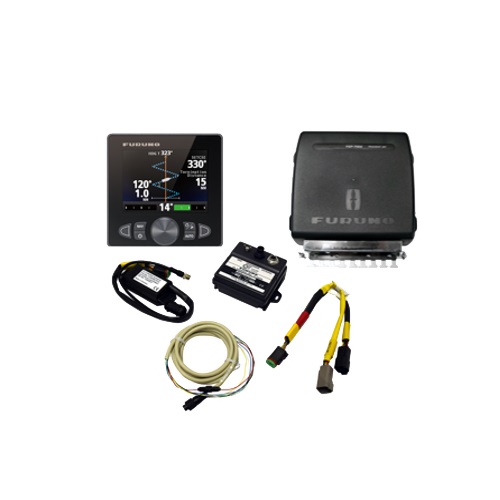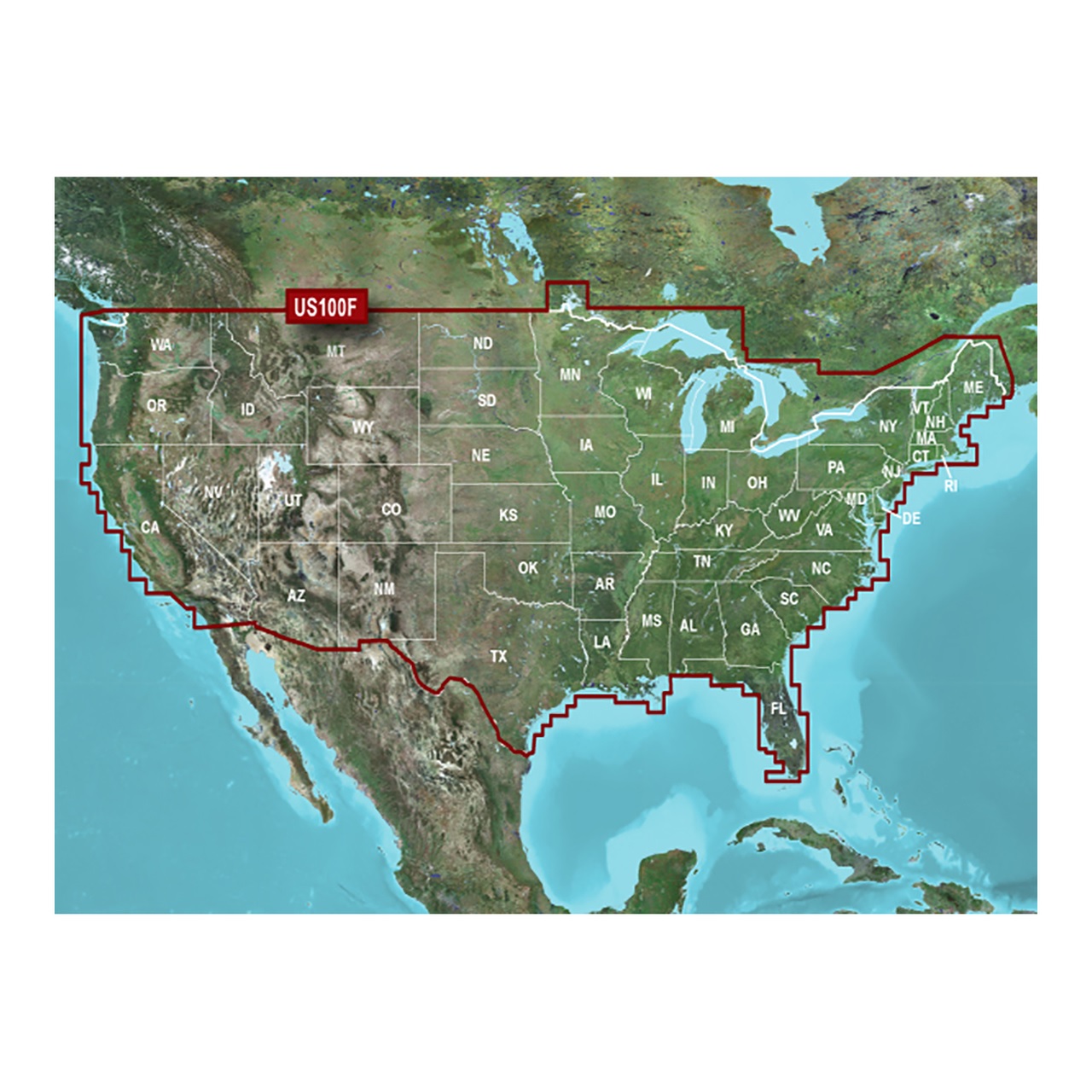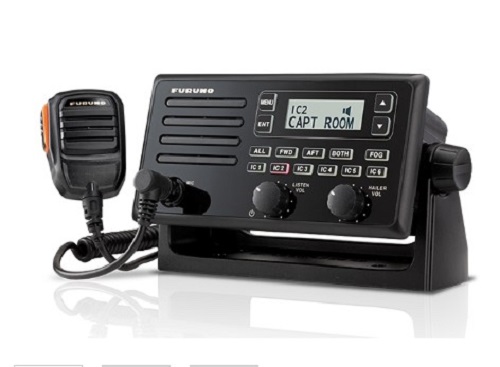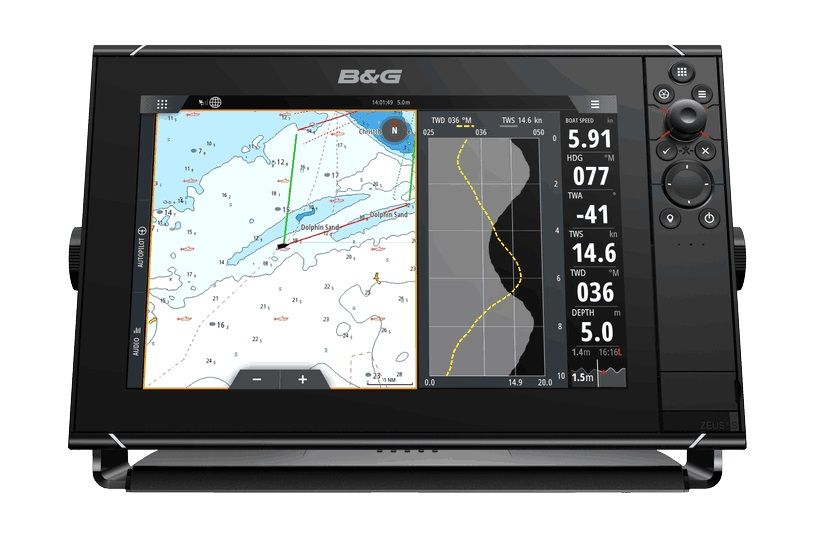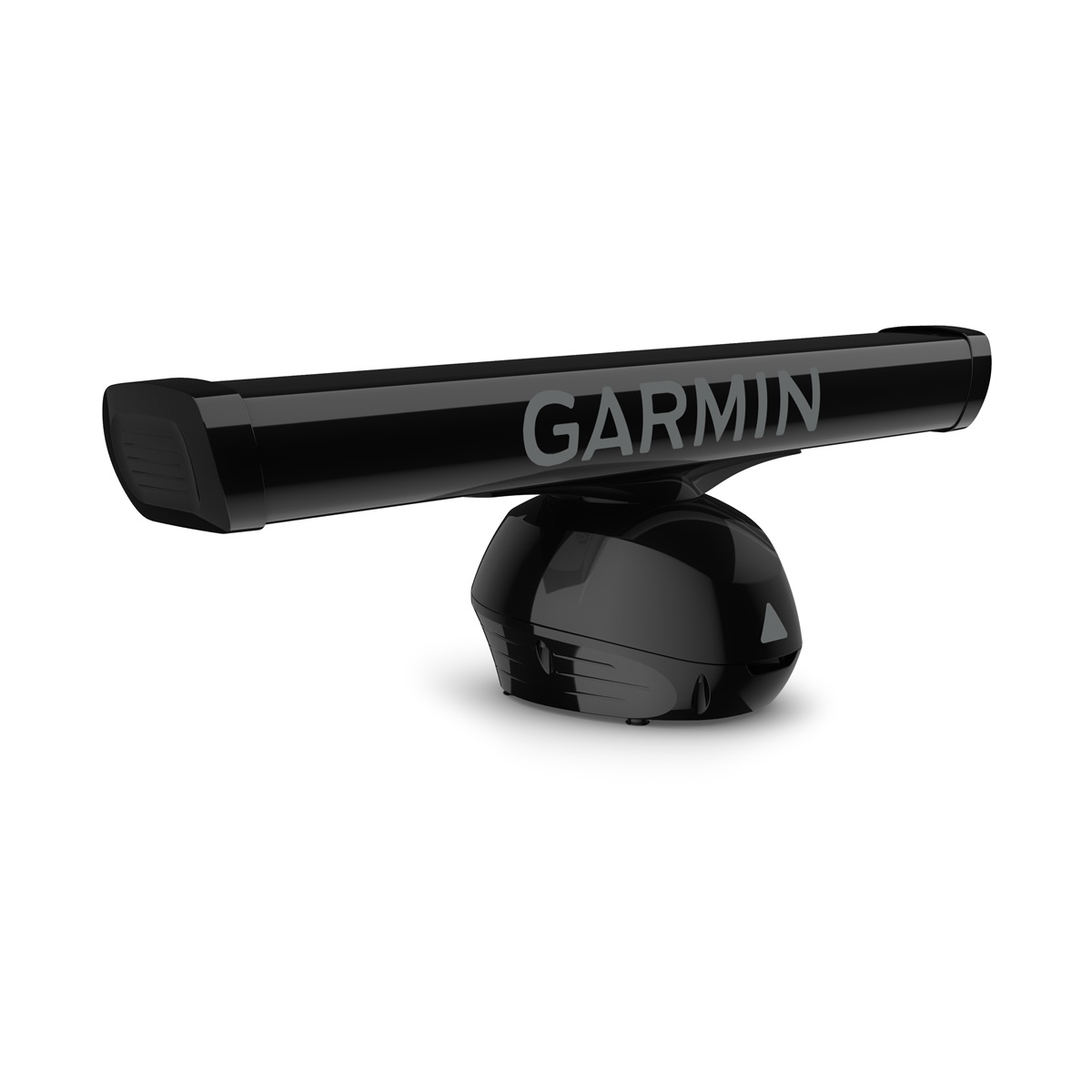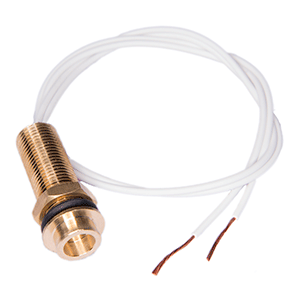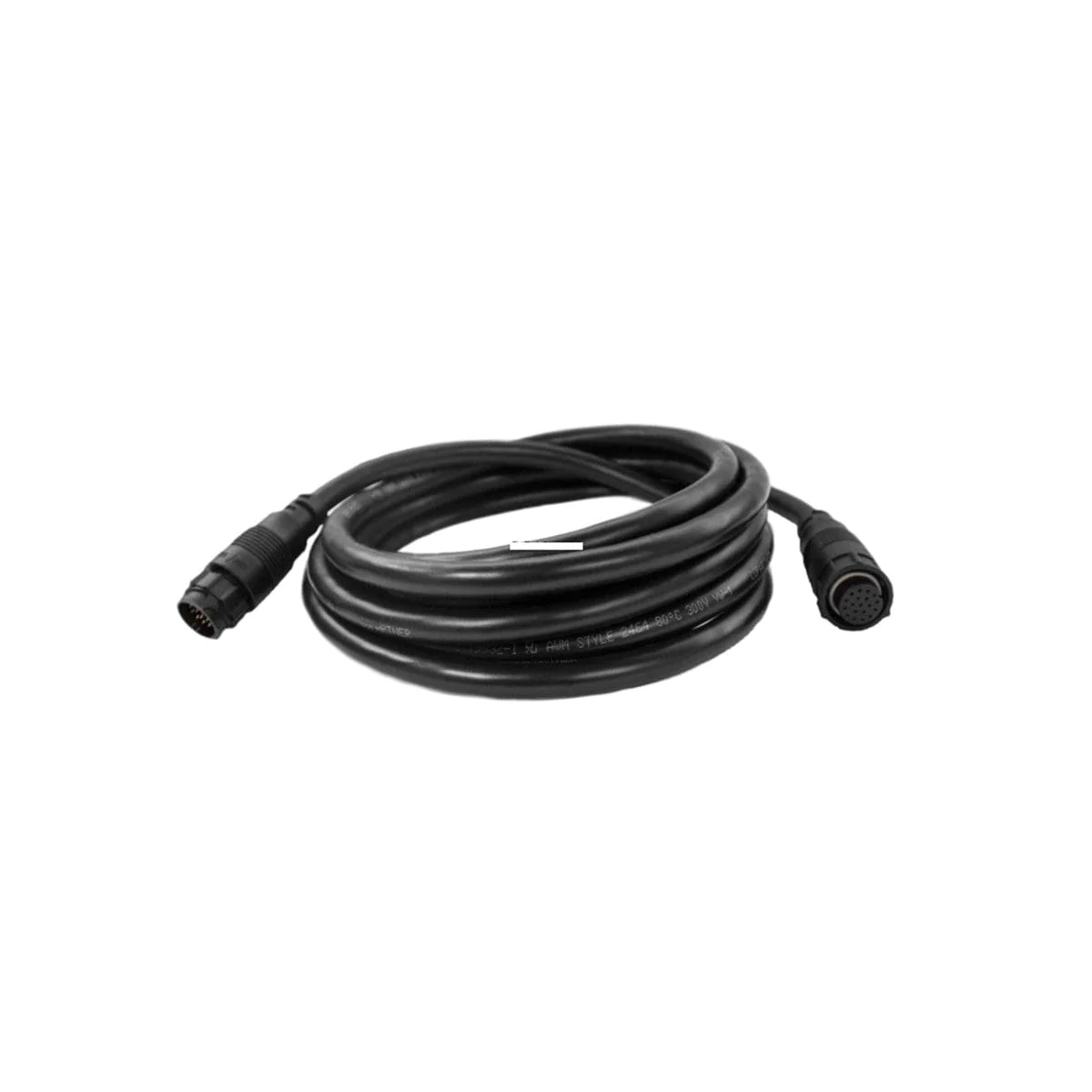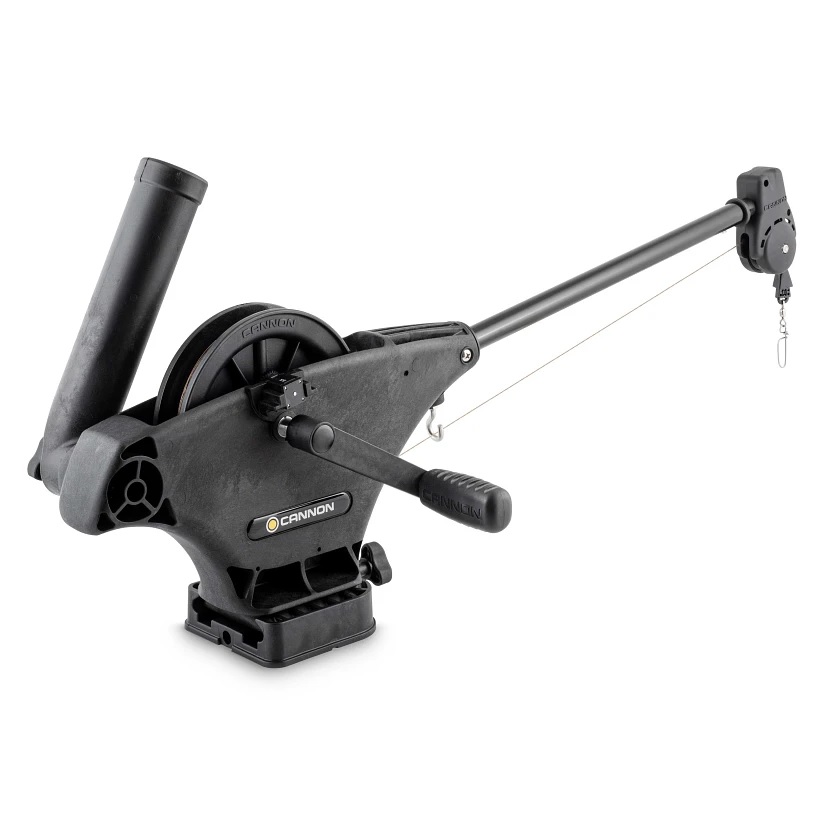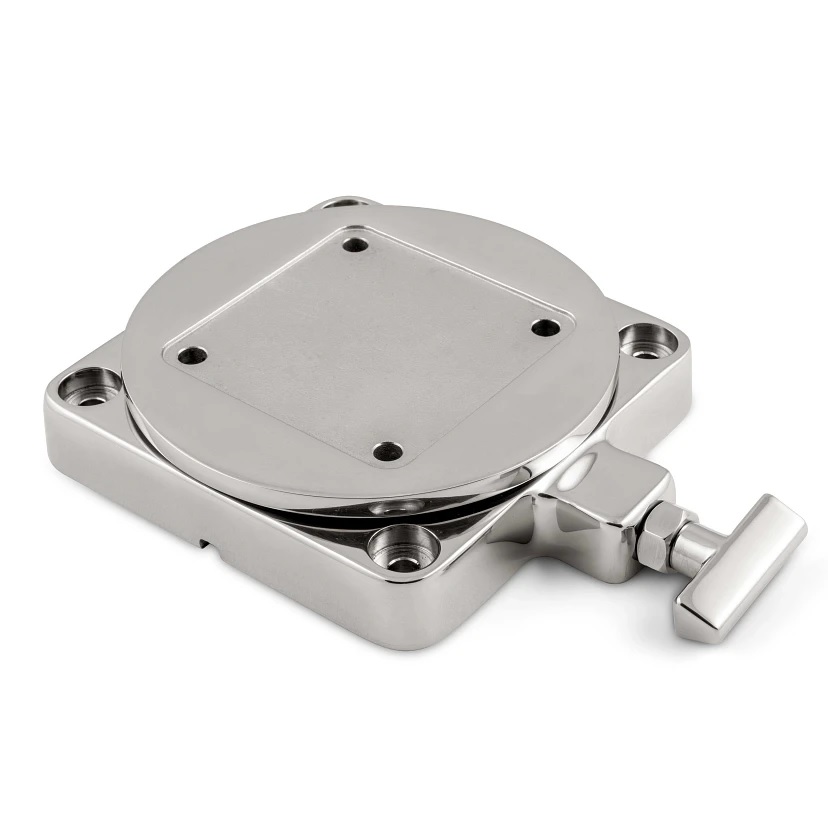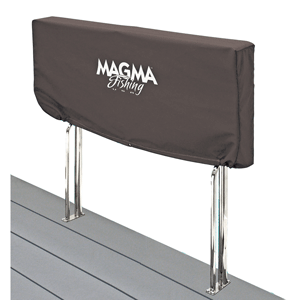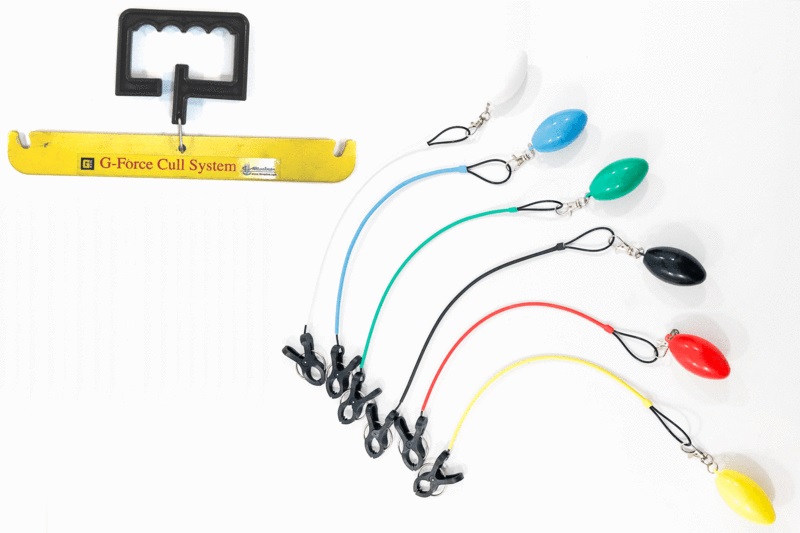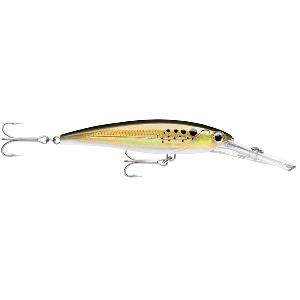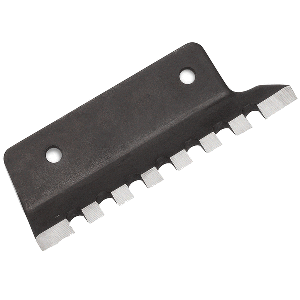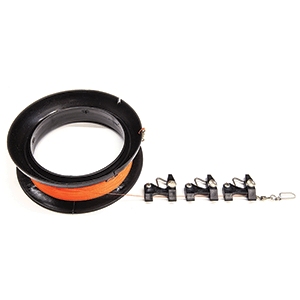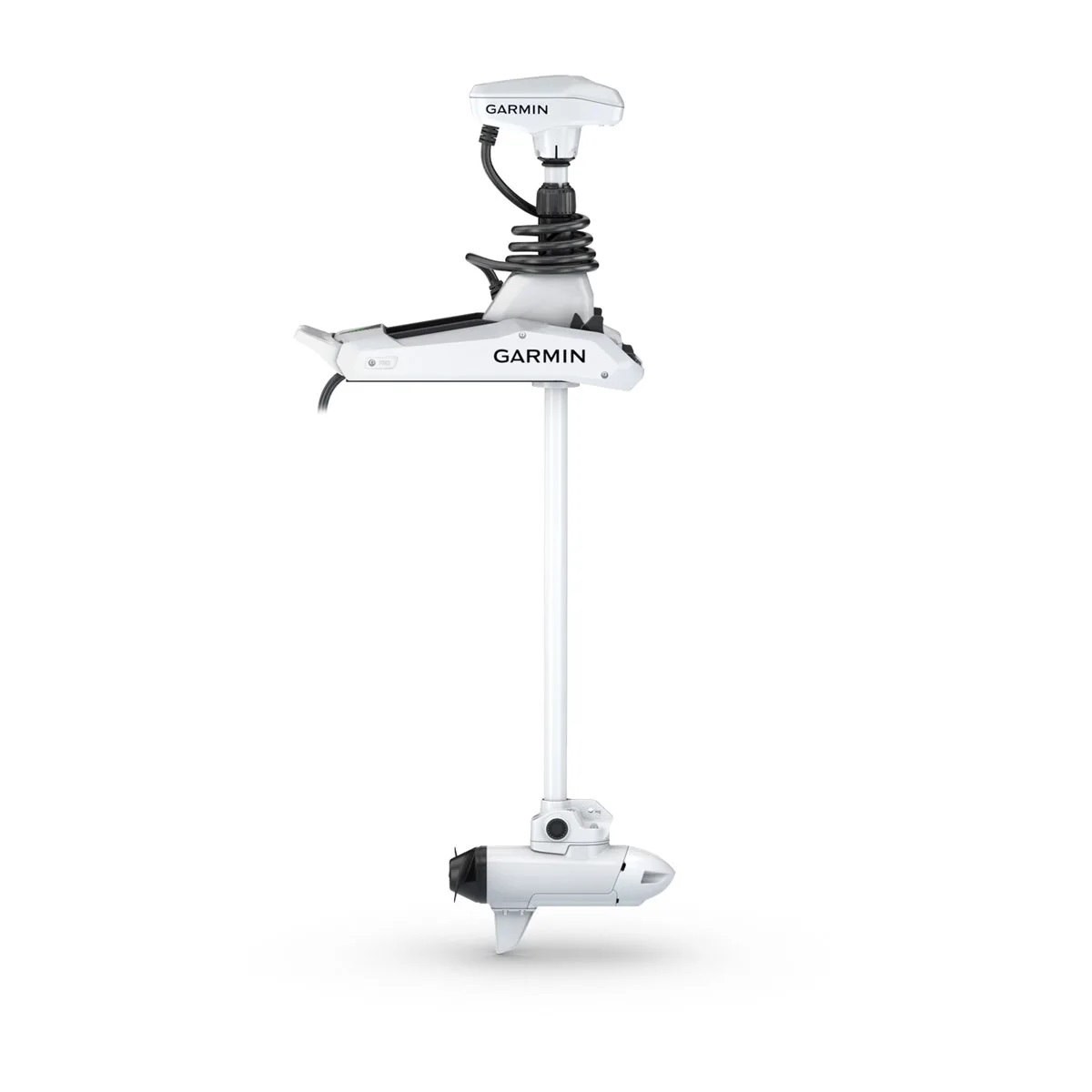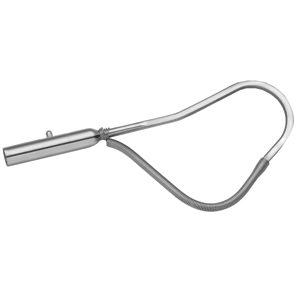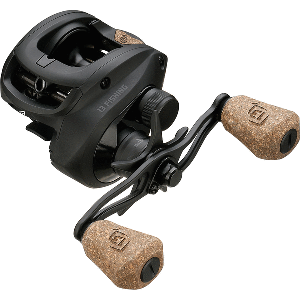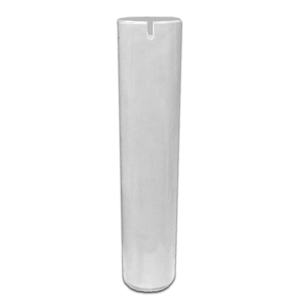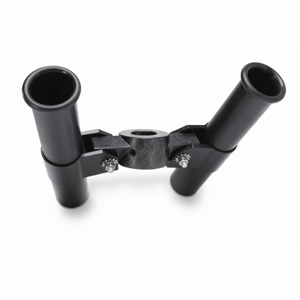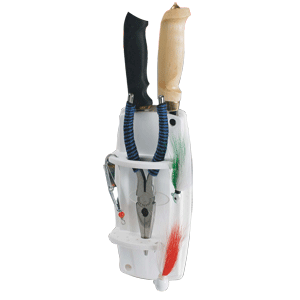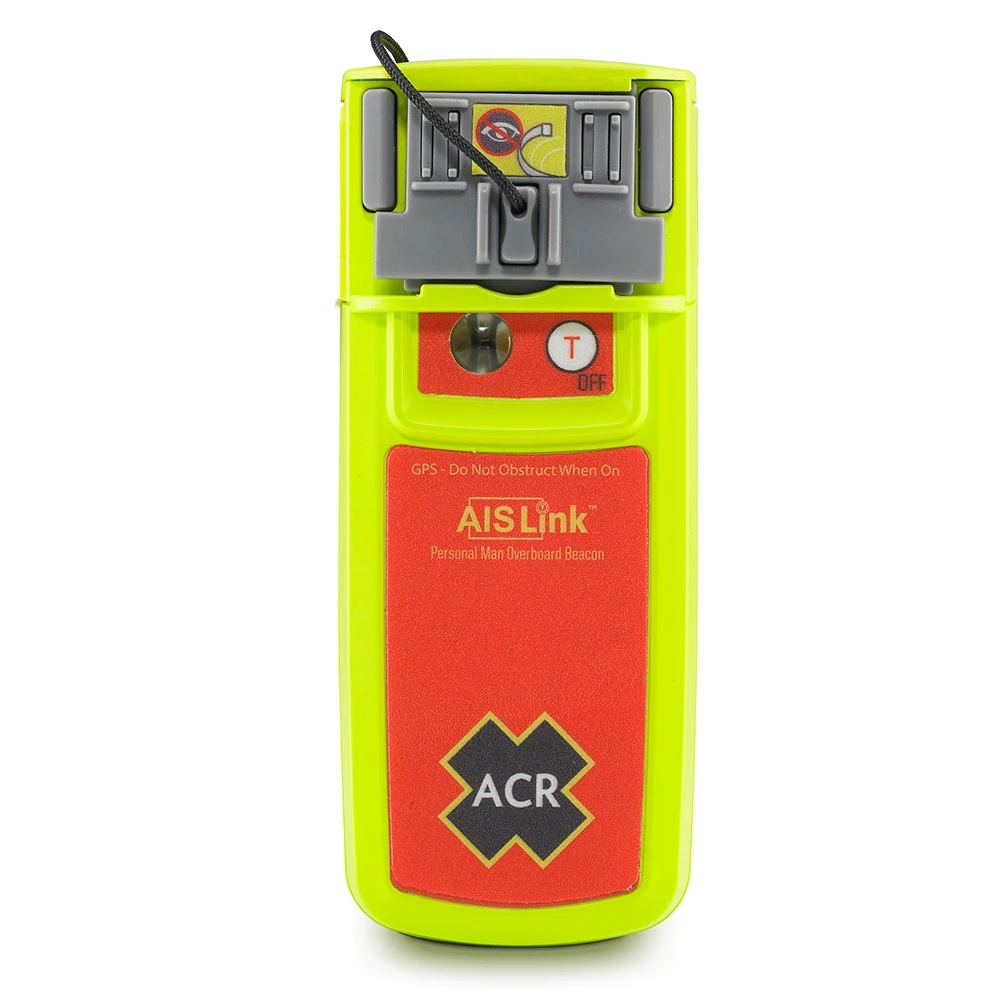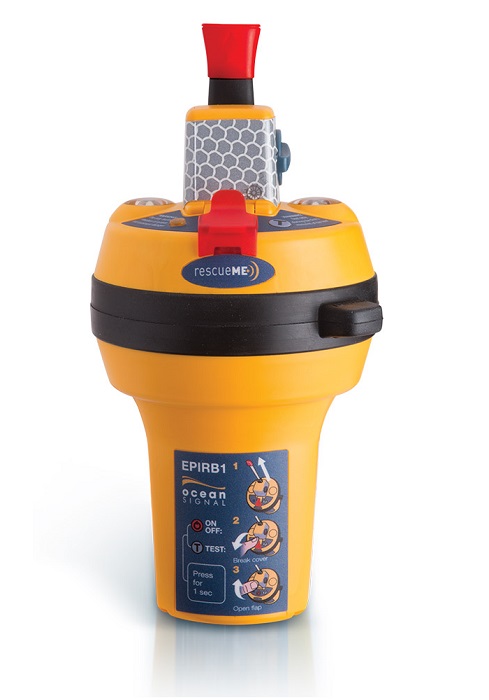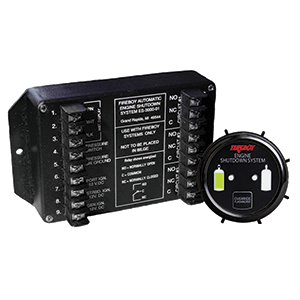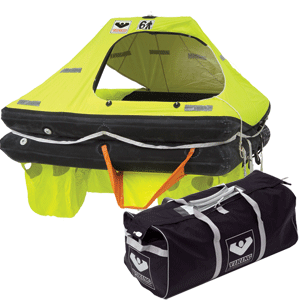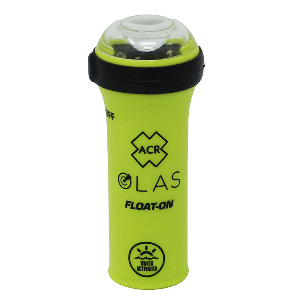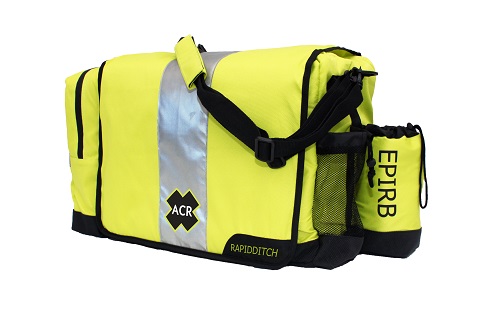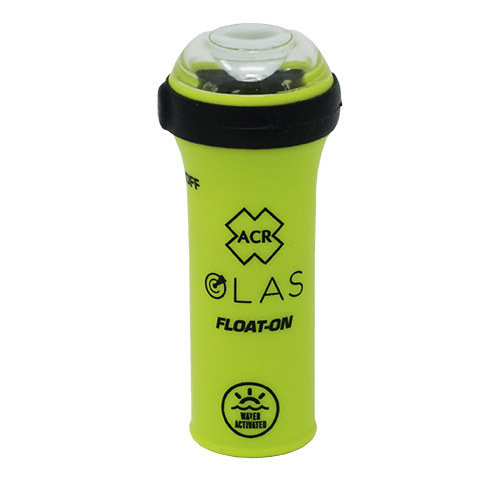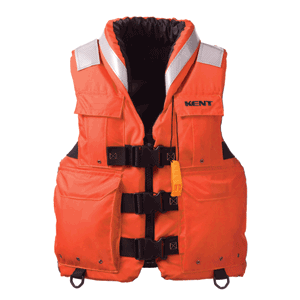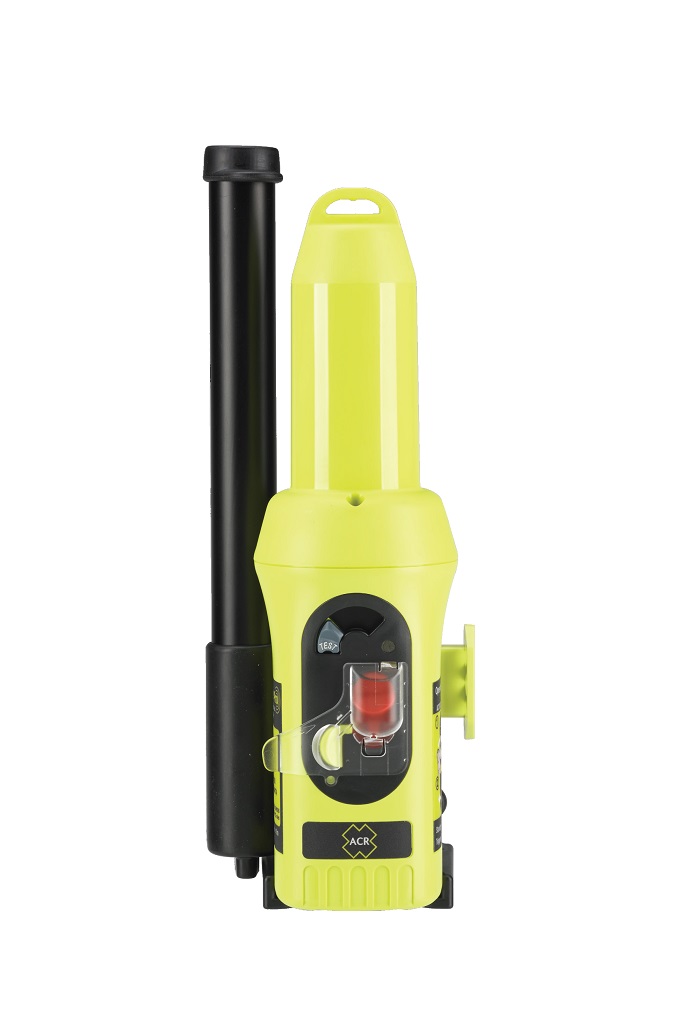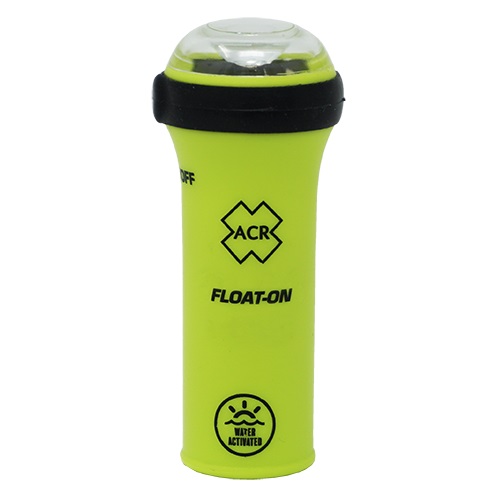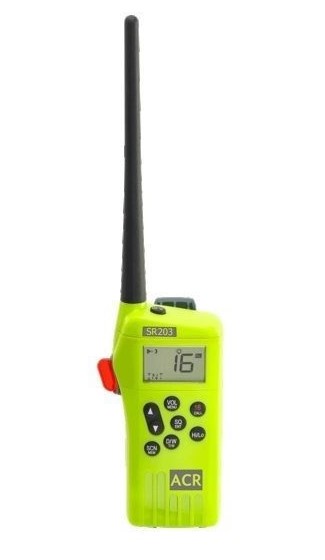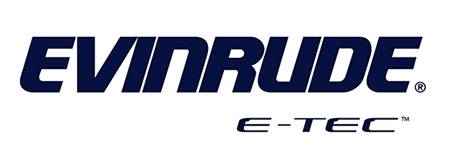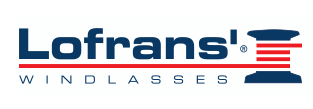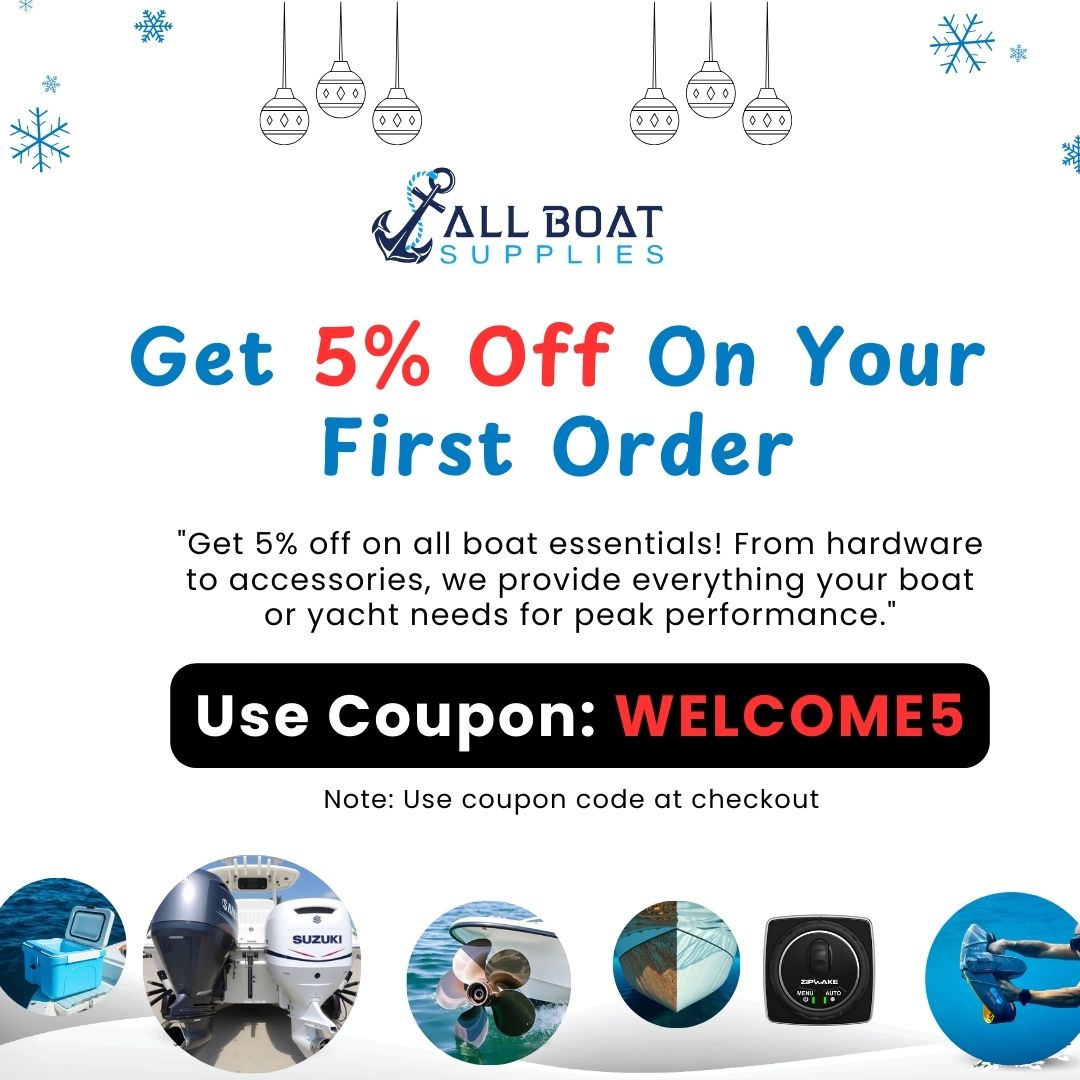Rubex L4 (15.25 x 18″) Solas LH Propeller, 9574-153-18
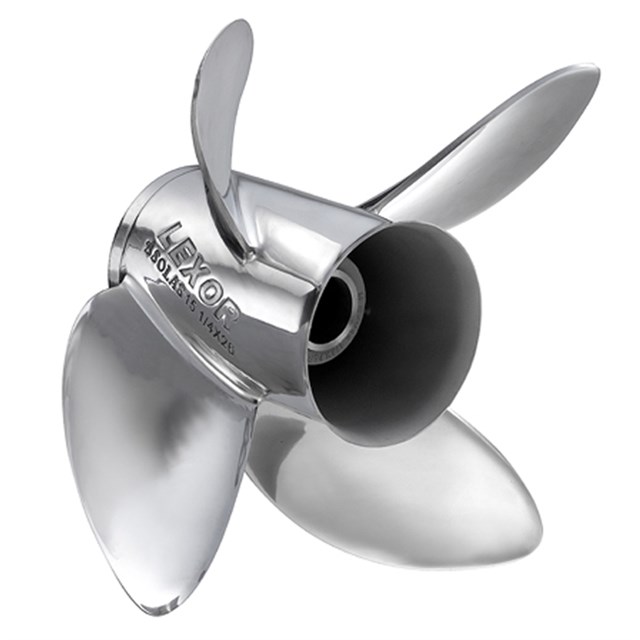
Introduction
The Rubex L4 (15.25 x 18″) Solas LH Propeller, 9574-153-18 is a premium left-hand (LH) oriented stainless steel propeller designed to elevate your boat’s performance while ensuring long-lasting durability. If you’re seeking precision, reliable push, and consistent handling, this prop is engineered to deliver both inshore and offshore. The Rubex L4 marine propeller combines modern hydrodynamic design with top-tier materials to optimize acceleration, mid-range power, and smooth handling—so you get the best out of your engine’s capabilities.
This comprehensive guide explores the Rubex L4 marine propeller’s detailed specifications, installation how-to guides, deep maintenance tips, expert insights, and extensive FAQs to help both novice boaters and marine pros. From “how to install Rubex L4 propeller” to “Rubex L4 propeller maintenance tips” and “Rubex L4 propeller troubleshooting,” you’ll find everything you need below.
Overview / What Is Rubex L4 LH Propeller
The Rubex L4 propeller marine belongs to the Rubex 4-series stainless steel lineup by Solas Propellers, known for premium performance and strength. With a diameter of 15.25 inches and an 18-inch pitch, this left-hand rotation unit is ideal for boats requiring efficient turning characteristics, such as twin-engine setups or specific hull configurations. Its 4-blade, high-rake geometry provides enhanced lift, better trimming response, and lower RPM operation, delivering a refined boating experience.
The design is engineered to minimize ventilation, reduce fuel consumption, and maintain firm bite in diverse water conditions—from calm lakes to choppy seas. This makes the prop not only a strong selection for recreational powerboats but also for utility and commercial vessels.
Key Performance Features
The Rubex L4 marine propeller stands out with several build characteristics:
- Stainless Steel Alloy: Hardened for impact resistance, corrosion protection, and longevity.
- 4-Blade Configuration: Delivers superior propulsion and stability, ideal for towing or heavy loads.
- High Rake & Cupped Blades: Improved grip, reduced ventilation, stronger lift.
- Left-Hand Rotation (LH): Suited for twin-engine installations or specific handling needs.
- Optimized Pitch: 18″ pitch balances acceleration with top-end speed.
Together, these characteristics make this one of the best Rubex L4 marine options for serious boating performance.
How to Install Rubex L4 Propeller
Proper installation is key to unlocking the full potential of your Rubex L4 propeller marine. Here’s a step-by-step installation guide:
- Safety First: Engine off, key removed, chocks set.
- Remove Old Propeller: Loosen the prop nut and remove shaft washer. Pull off old propeller.
- Inspect Shaft & Hub: Clean shaft, inspect splines for wear.
- Install Hub Kit: Fit manufacturer-approved Solas hub insert inside new prop.
- Mount New Prop: Slide propeller onto shaft, check rotation direction.
- Torque Nut: Use torque wrench to spec; secure with cotter pin or lock tab.
- Function Test: Check free rotation, spin it by hand before launching.
For advanced setups, consult a marine mechanic to ensure alignment and avoid common issues like prop chatter or uneven wear.
Rubex L4 Propeller Marine — Use Cases & Applications
This LH propeller is ideal for twin-engine configurations where port and starboard engines are configured to counter-rotate, reducing torque steering and improving straight-line tracking. It’s also effective for boats towing skiers or wakeboarders, thanks to its stable thrust characteristics.
In commercial contexts—like rescue crafts, patrol boats, or service hulls—the reliable push and enhanced hole shot performance make this prop a trusted option for professionals. Additionally, many recreational anglers favor this model for its improved control during trolling runs and backtroll approaches.
Maintenance Tips
Maintain top performance with these Rubex L4 propeller maintenance tips:
- Rinse Thoroughly: Rinse with fresh water after saltwater use to avoid corrosion.
- Visual Inspection: Scan blades for nicks, dings, or bent edges before and after each outing.
- Check Hub Integrity: Inspect liner for signs of wear, cracking, or fatigue.
- Grease Regularly: Apply marine-grade grease to shaft during changes or inspections.
- Balance Blades: Have a pro rebalance the propeller at seasonal intervals or after impacts.
- Torque Audit: Retighten the nut to recommended spec after initial run and every 25 hours.
Following these tips helps avoid issues like cavitation, vibration, and drive train stress, ensuring your prop is reliable and efficient.
Expert Advice and Pro Recommendations
Marine specialists often recommend upgrading to the Rubex L4 (15.25 x 18″) Solas LH Propeller, 9574-153-18 for owners of high-performance powerboats and twin-engine setups who need better trimming, stronger launching, and tighter handling. Solas’ design ensures balanced thrust and less gearcase strain during sharp turns.
Pro users suggest pairing the LH Rubex L4 with a similar RH propeller of identical specs to maximize thrust efficiency and symmetrical hydrodynamics. Always ensure hub kits are OEM or Solas-approved—and don’t forget to use the 5% discount code WELCOME5 at checkout for savings.
Troubleshooting Rubex L4 Propeller Issues
Encountering suboptimal performance? Here are common troubleshooting scenarios and solutions:
Low Top-End RPM: Blade damage or wrong pitch. Inspect blades and recalibrate pitch setup.
Cavitation at Holeshot: Check rake orientation; reinstall prop ensuring proper hub seating.
Vibration While Cruising: Rebalance the propeller; ensure no marine growth or dents.
Fuel Efficiency Drop: Wrong prop size or damaged blades—compare current pitch and diameter to recommended specs and inspect for wear.
Rubex L4 Propeller Cost and Durability Analysis
The left-hand Rubex L4 typically retails slightly higher than aluminum 3-blade alternatives due to its stainless build and complex machining. However, raw cost is offset by durability—stainless steel resists impacts better, and the prop retains performance consistency over years, often lasting several seasons without replacement.
Maintenance costs are minimal—periodic washing, balancing, and hub service—making this a cost-effective long-term choice for serious boaters and professionals.
Detailed FAQ Section
How to install Rubex L4 (15.25 x 18″) propeller correctly?
Proper installation of the Rubex L4 propeller marine ensures optimal performance. Begin by removing the old propeller: loosen the shaft nut using the correct wrench, then remove the washer and slide the old propeller off. Clean the shaft thoroughly, removing any debris or corrosion.
Next, insert the appropriate Solas hub shim into the new propeller hub, ensuring it matches your engine shaft’s spline count. Slide the prop onto the shaft carefully, aligning it straight. Tighten the nut to the recommended torque specification—usually between 75–90 ft-lbs, though you should refer to your engine manual for exact figures. Finally, install the cotter pin or tab washer to lock the nut. After the install, spin the propeller by hand to make sure there’s no binding. A short engine run in neutral helps settle the hub—then retorque the nut before heading out on water.
If you’re switching from a right-hand (RH) to left-hand (LH) configuration for a twin-engine boat, make sure both props are matched in pitch, diameter, and blade design to maintain balance and prevent unwanted torque pull.
What are the best Rubex L4 marine propeller options for twin engines?
When selecting best Rubex L4 marine options for twin-engine setups, consistency between port and starboard props is critical. Choose identical diameter (15.25″) and pitch (18″) for both RH and LH variants to ensure uniform thrust. The Rubex L4 offers both RH and LH options in the same size, allowing seamless pairing and performance balance.
Ensure both propellers share the same blade count and rake angle; mismatches lead to vibration, uneven trim, and handling issues. Also confirm both use the correct hub kits tailored to your engine types—Yamaha, Mercury, Suzuki, etc.—to maintain consistent spline fit and drive alignment.
What are top Rubex L4 propeller maintenance tips?
Proper care significantly extends the life of the Rubex L4 propeller marine. After each outing, especially in saltwater, flush thoroughly with fresh water to remove corrosive salts.
Inspect the blades for chips or dents—repair minor nicks with appropriate tools, and rebalance the prop if damage occurs. Check the hub: look for corrosion, play, or cracking; replace worn liners immediately. Grease shaft splines during reinstallation to avoid galling. Before each season, have a qualified marine mechanic rebalance the prop and inspect for structural integrity.
How to troubleshoot common issues with Rubex L4 propeller?
Common performance drops usually stem from blade damage or misfit. For low acceleration or GPS speeds, inspect blades for dings or bent edges. Blade deformation can significantly impact efficiency.
Ventilation or cavitation often indicates a loose fit or worn hub. Check that the prop pushes firmly onto the shaft and hub spacer remains in place. If cavitation persists, consult a technician—sometimes a hub replacement corrects the issue.
Vibration during cruising often results from uneven blade balance. Professional rebalancing usually fixes this. If not, inspect the engine’s lower unit alignment or drive coupling for deeper issues.
What is Rubex L4 propeller troubleshooting during high RPM?
If your engine hits unexpected RPM limits, blade damage or pitch mismatch could be the cause. Confirm current pitch matches manufacturer specs. Inspect blades for warping or indentations. A bent blade can upset engine load and shift RPM range.
Check rake integrity—blades should align at factory angles. Improper rake angle affects trim and peak RPM stability. If none of these resolve the issue, consider swapping pitch by one inch—e.g., moving from 18″ to 17″ or 19″ based on recommended engine RPM band.
Conclusion
The Rubex L4 (15.25 x 18″) Solas LH Propeller blends robust stainless steel build with carefully engineered blade design, delivering dependable thrust, smooth handling, and longevity. Whether you’re tackling inshore runs, offshore routes, or twin-engine applications, this propeller marine option ensures consistent performance and value.
Upgrade today for better acceleration, refined trimming, and reduced vibration—don’t forget to enter WELCOME5 at checkout to enjoy a 5% discount.
Special Offer
WELCOME5 – Get 5% off storewide at allboatsupplies.com
🚀 Instant Assistance: Need help selecting the right product? Drop your contact in the chatbox at the bottom right corner, and our expert team will reply within 30 minutes with the best product suggestion for your boat — including a ready-to-use checkout link. We’re fast, knowledgeable, and always here for your boating needs!
No more guesswork — just message us and get a personalized checkout link for your antifouling system, fast!
Explore Our Best-Selling Ultrasonic Antifouling Products:
Buy now
Rubex L4 (15.25 x 18″) Solas LH Propeller, 9574-153-18
Let us handle the hassle — expert support, quick replies, and smooth checkout. Your boat deserves the best.
Read More
For more helpful marine maintenance guides, check out our article on Rubex L3 Plus (16 x 15″) Solas RH Propeller, 9571-160-15.


